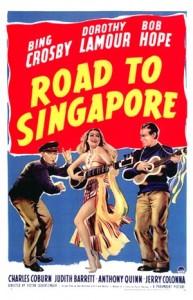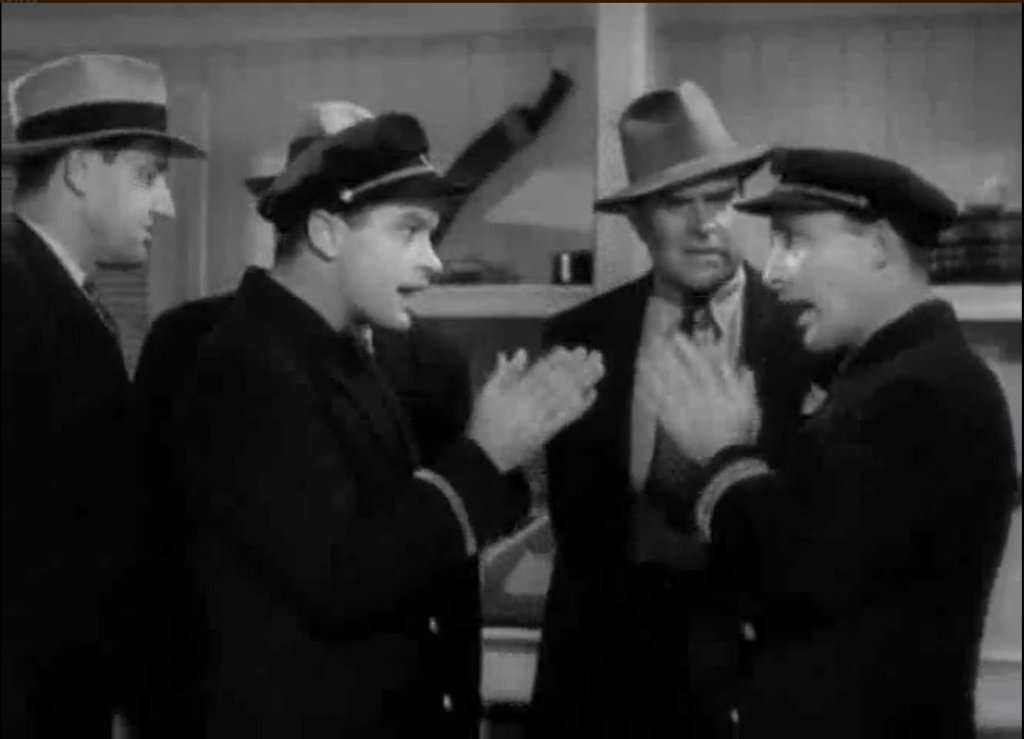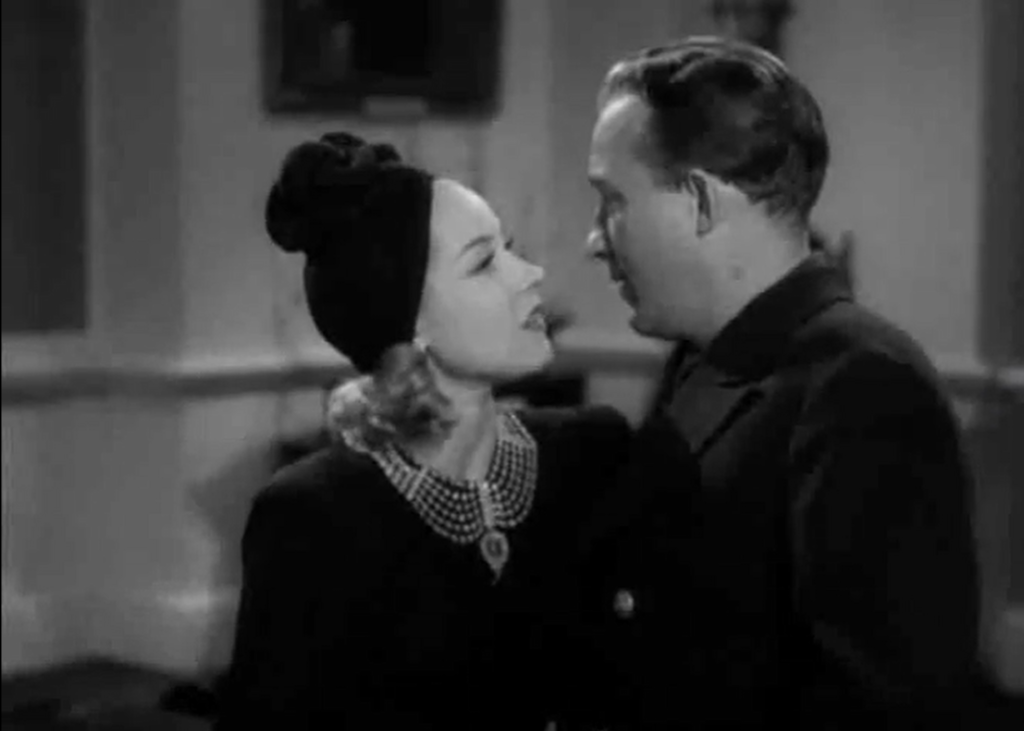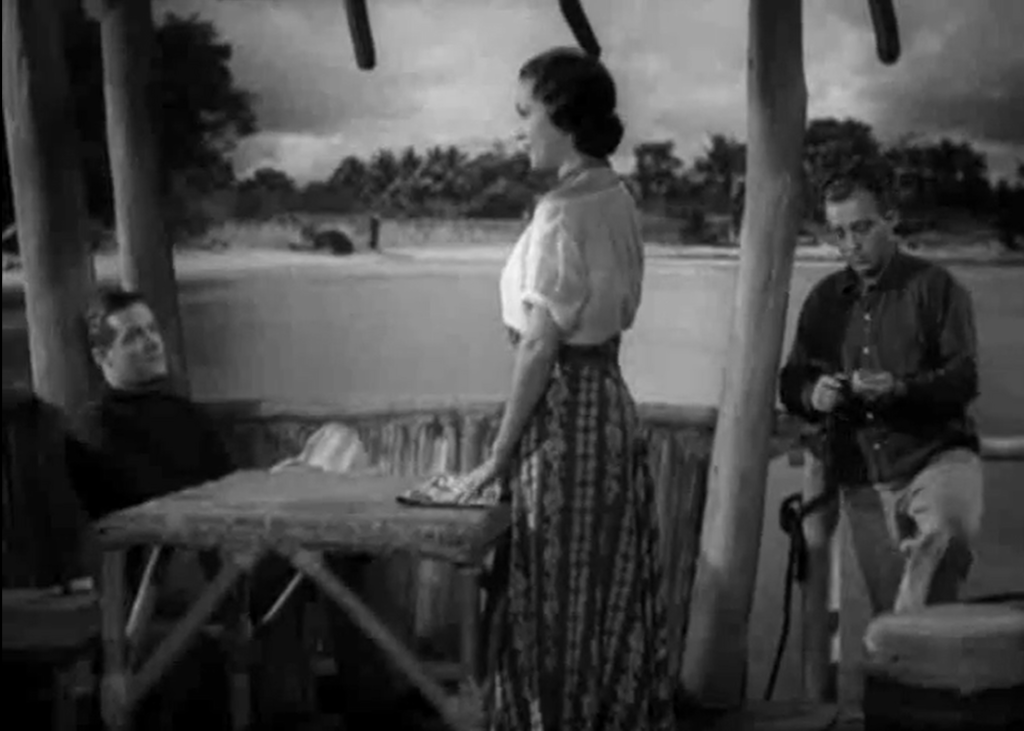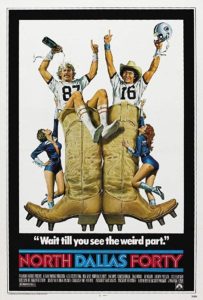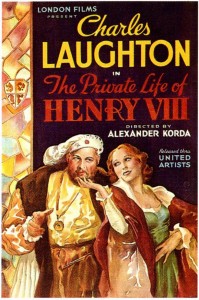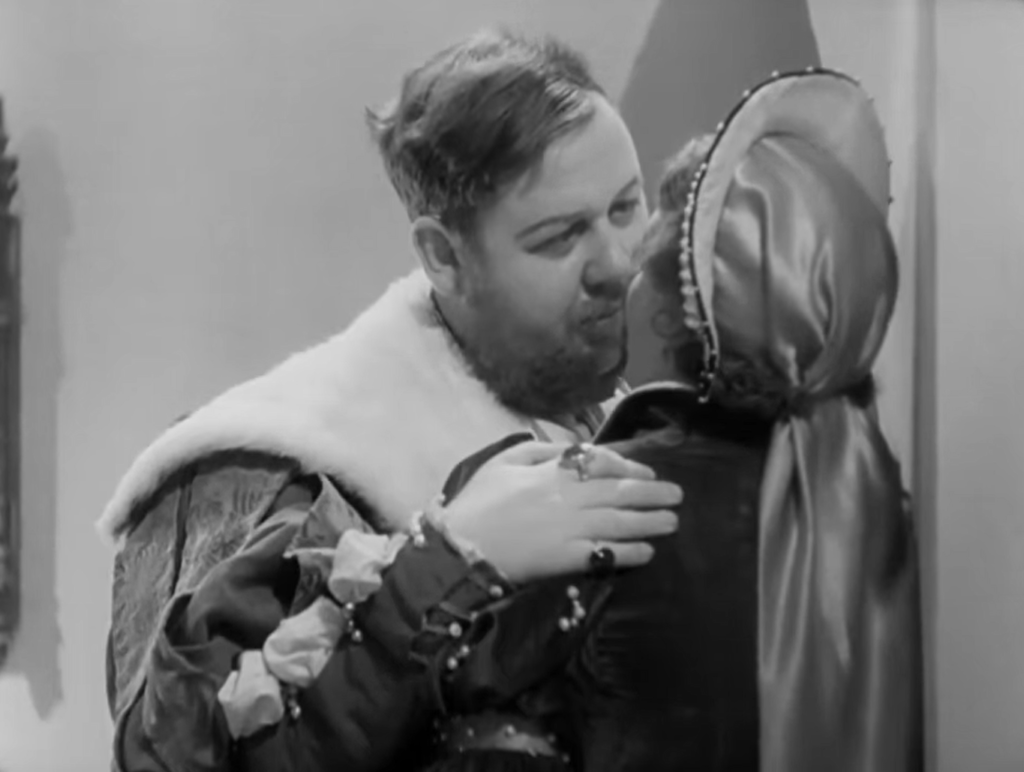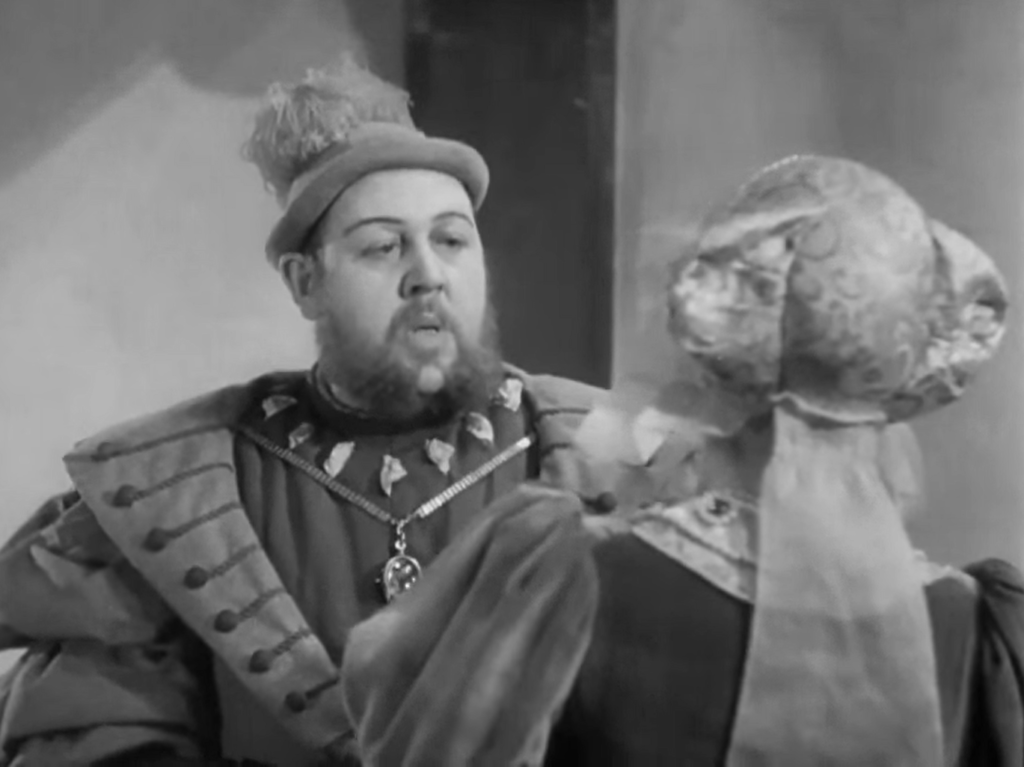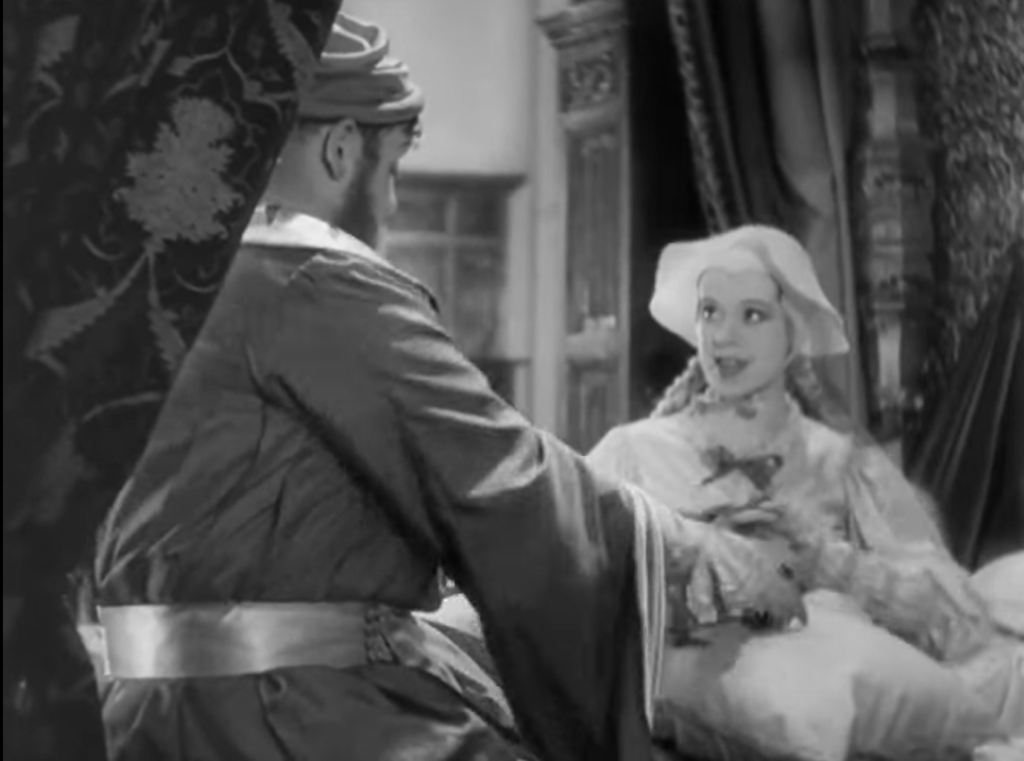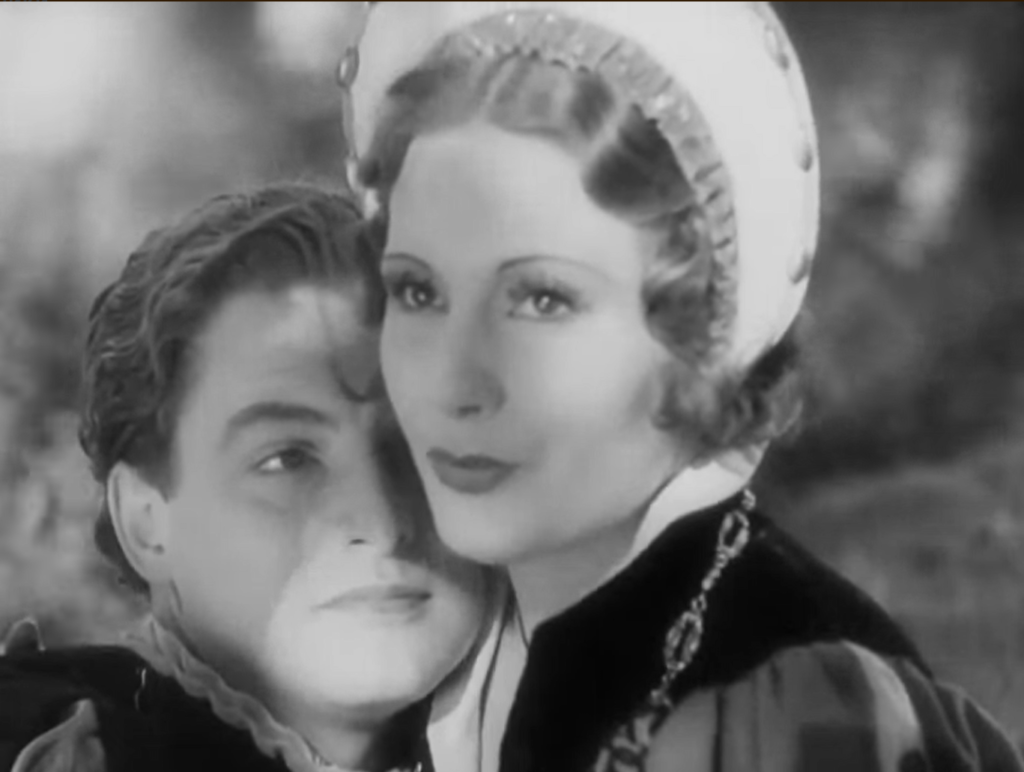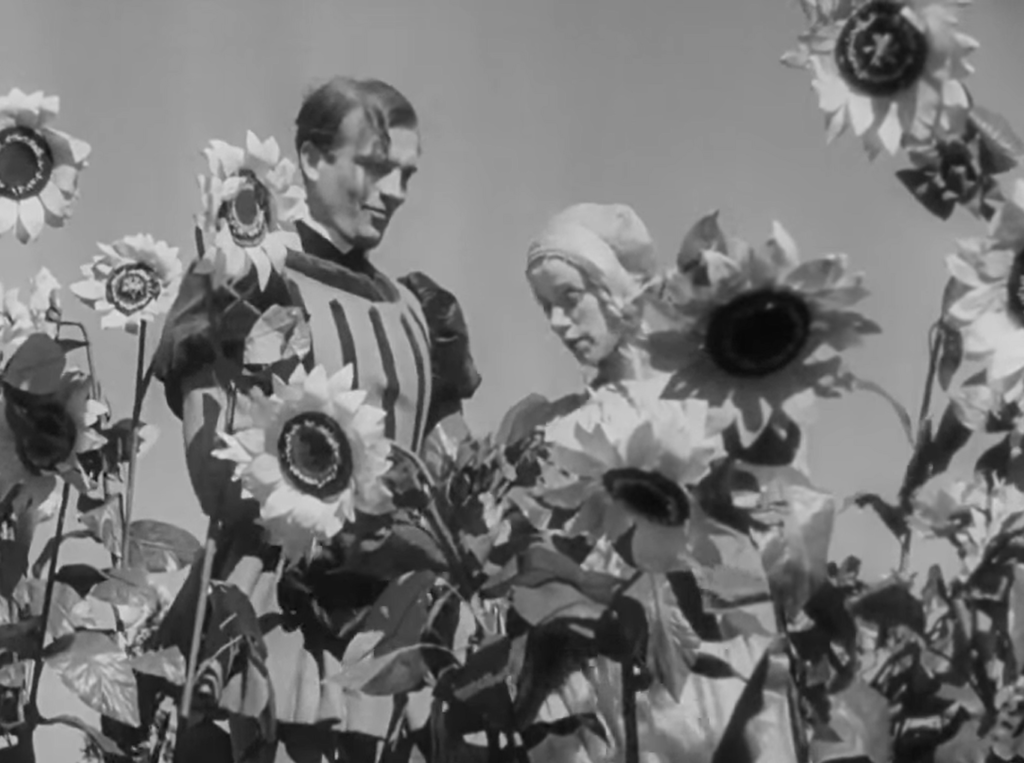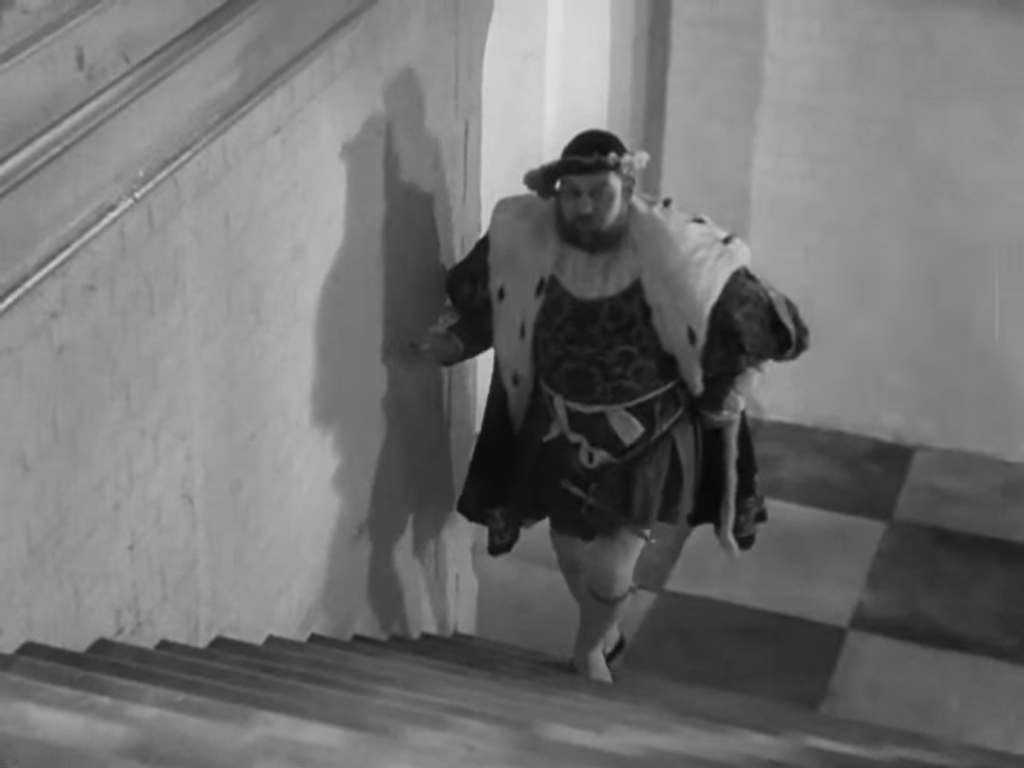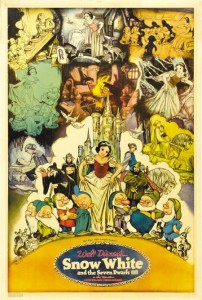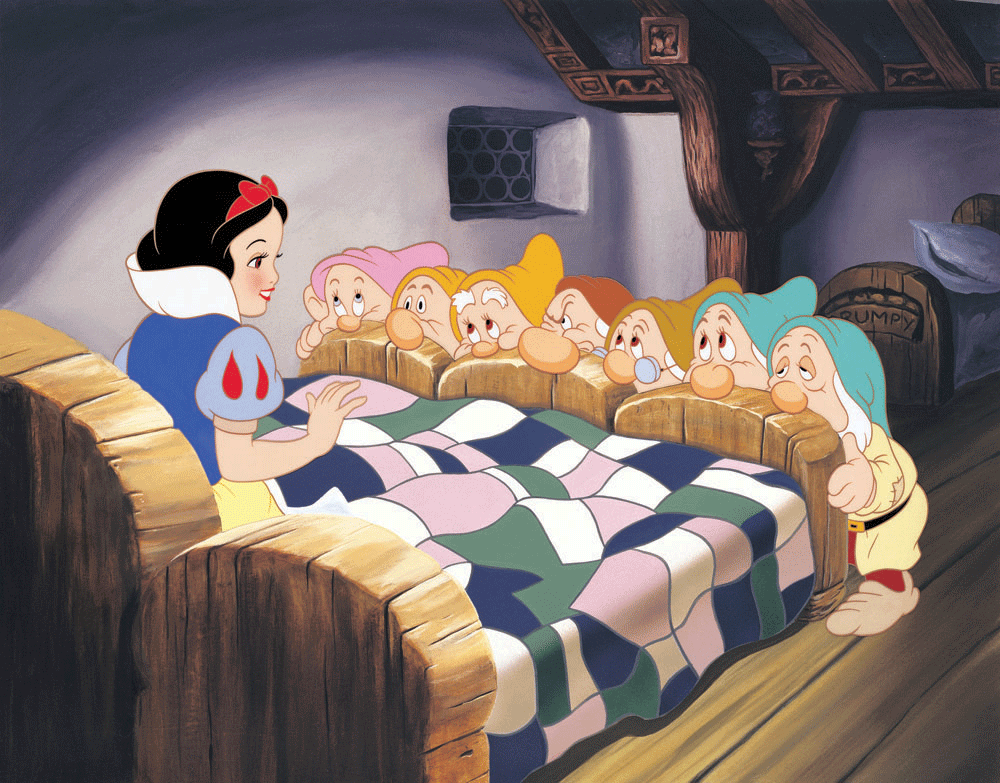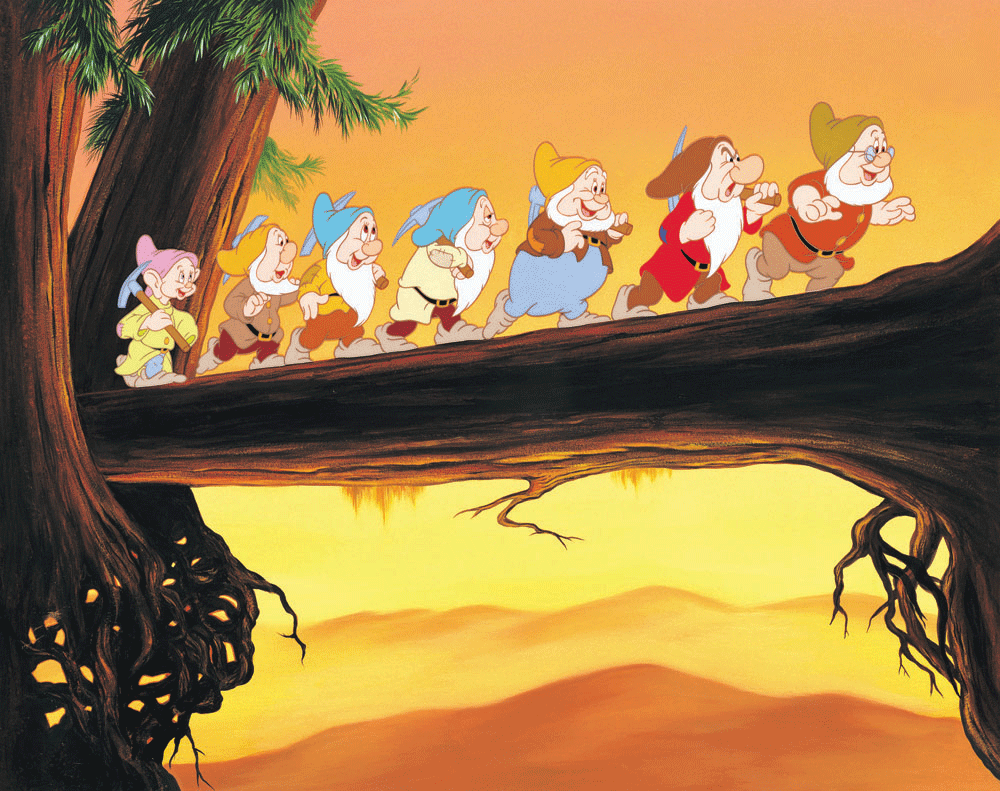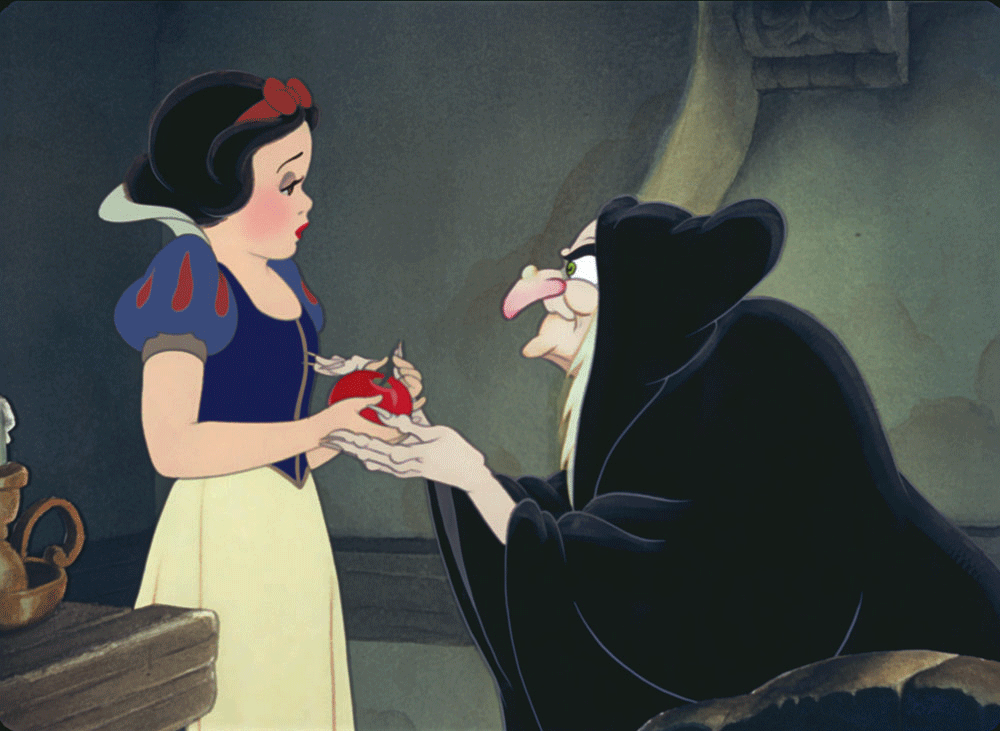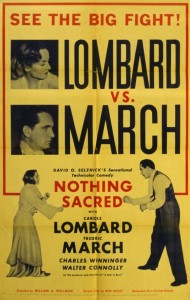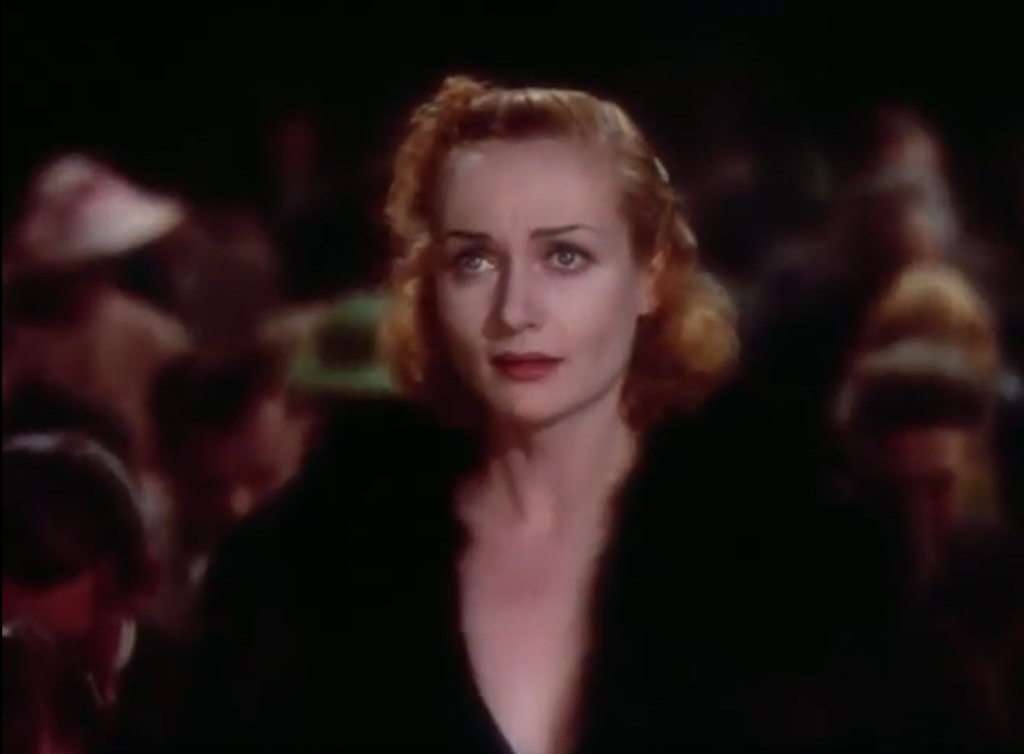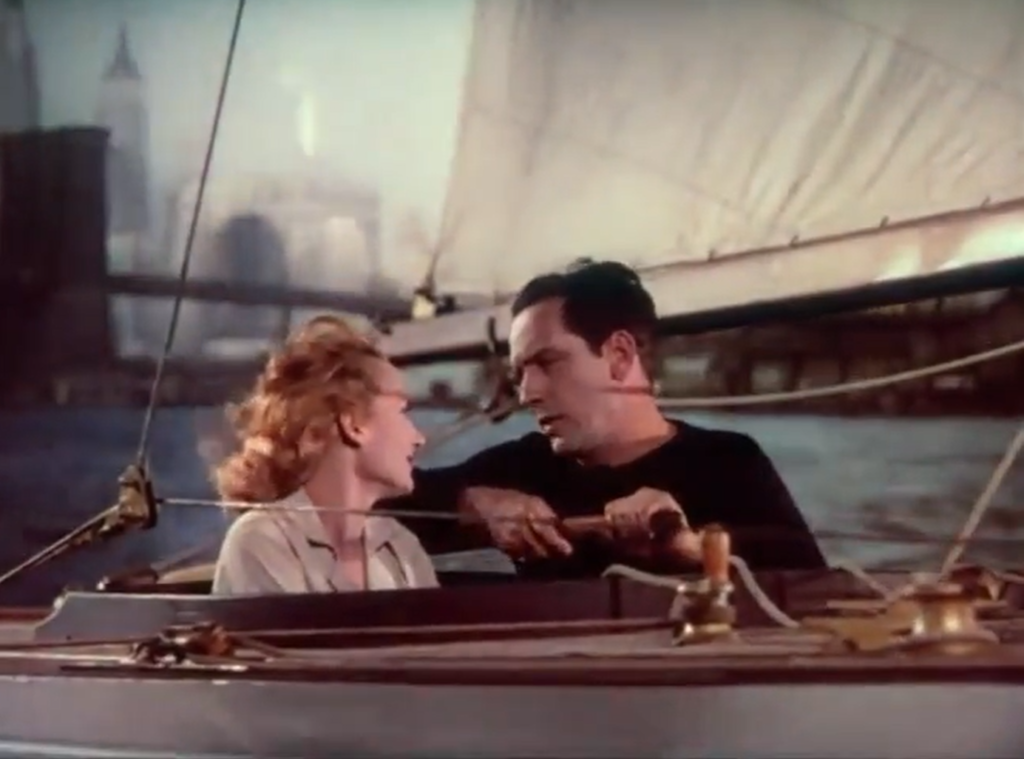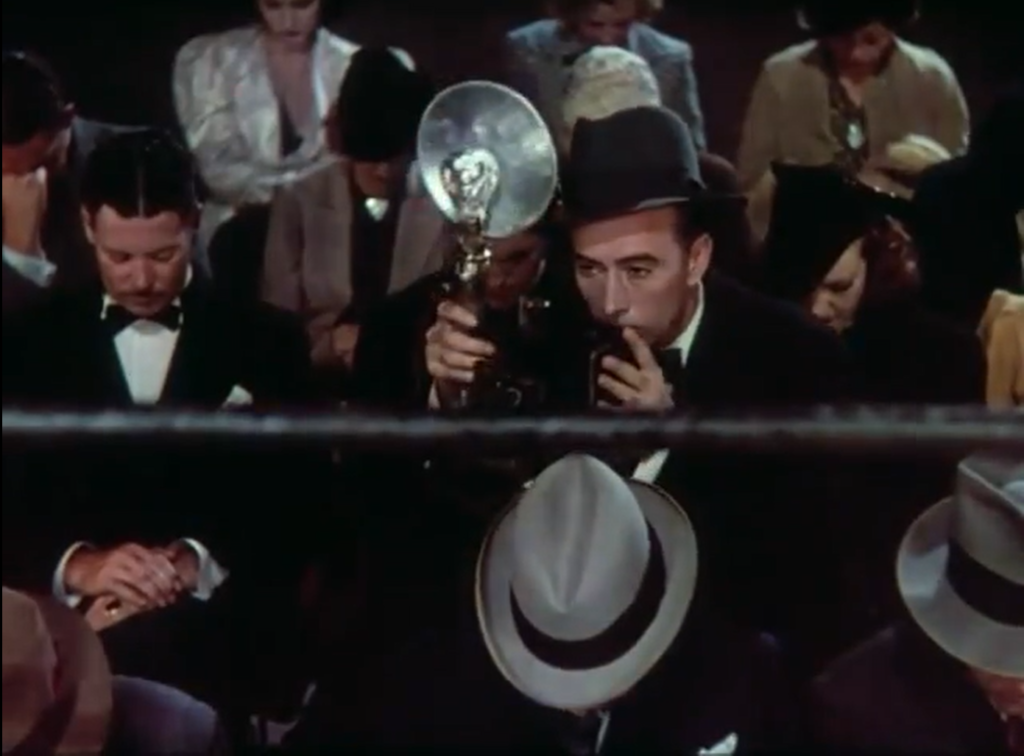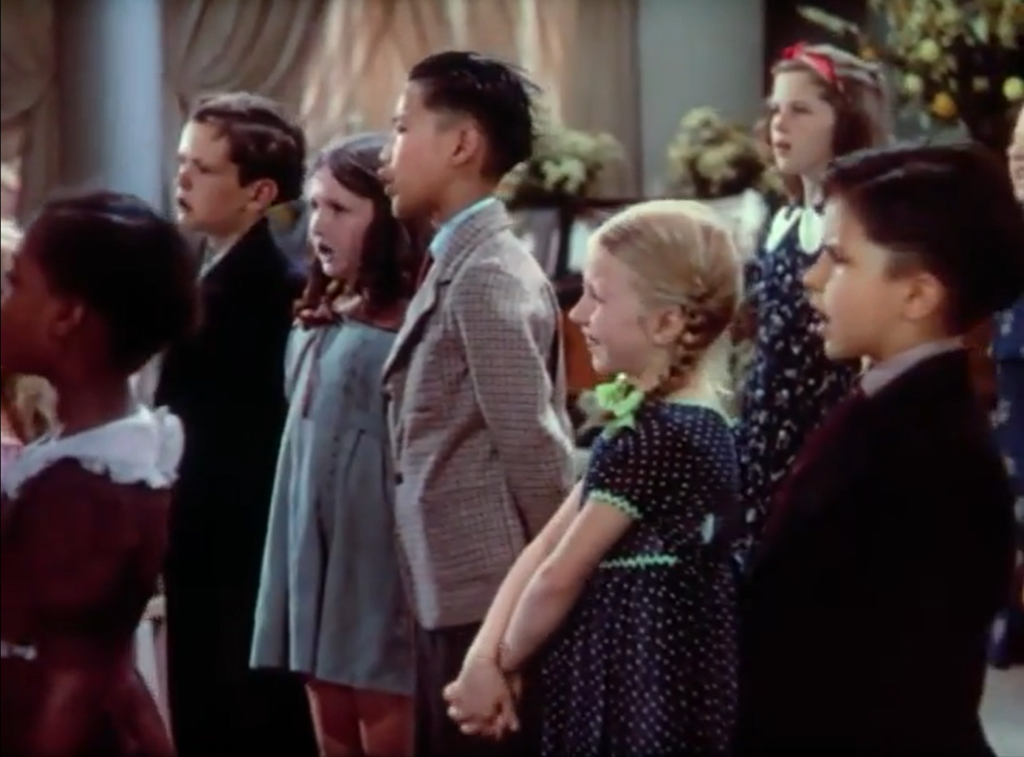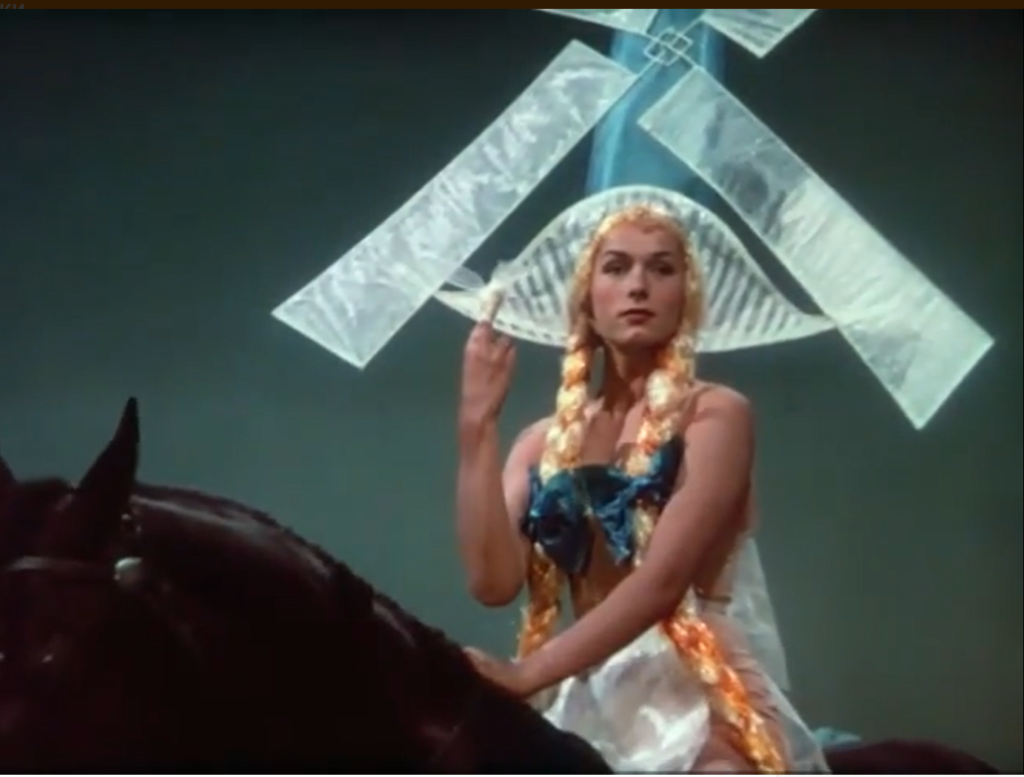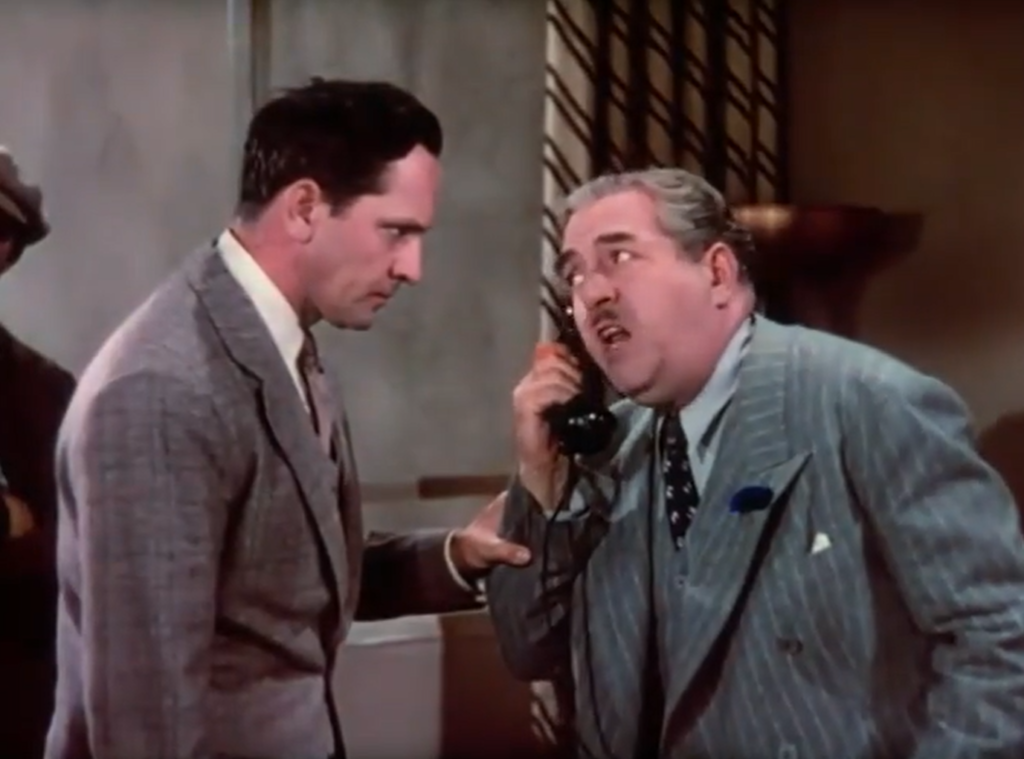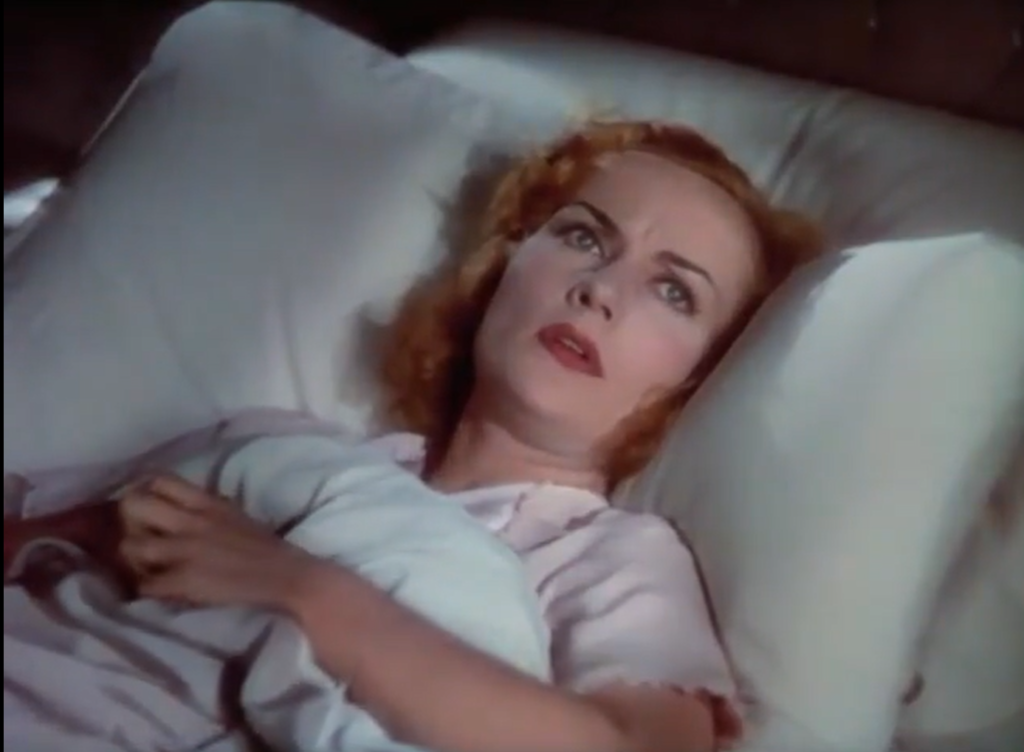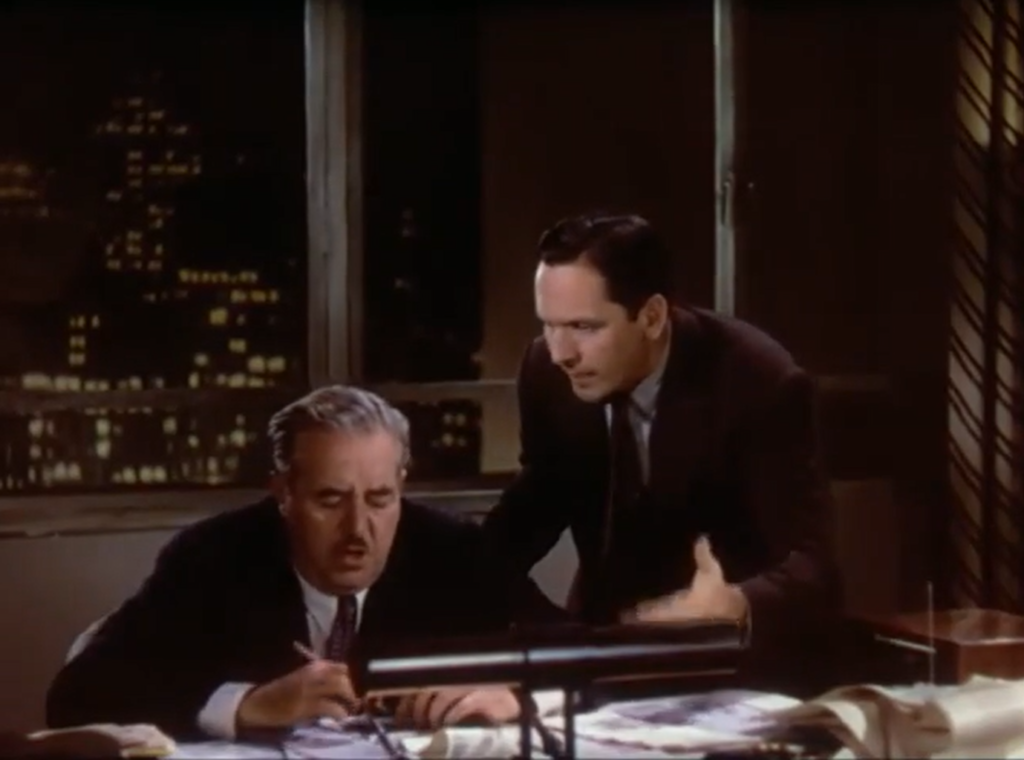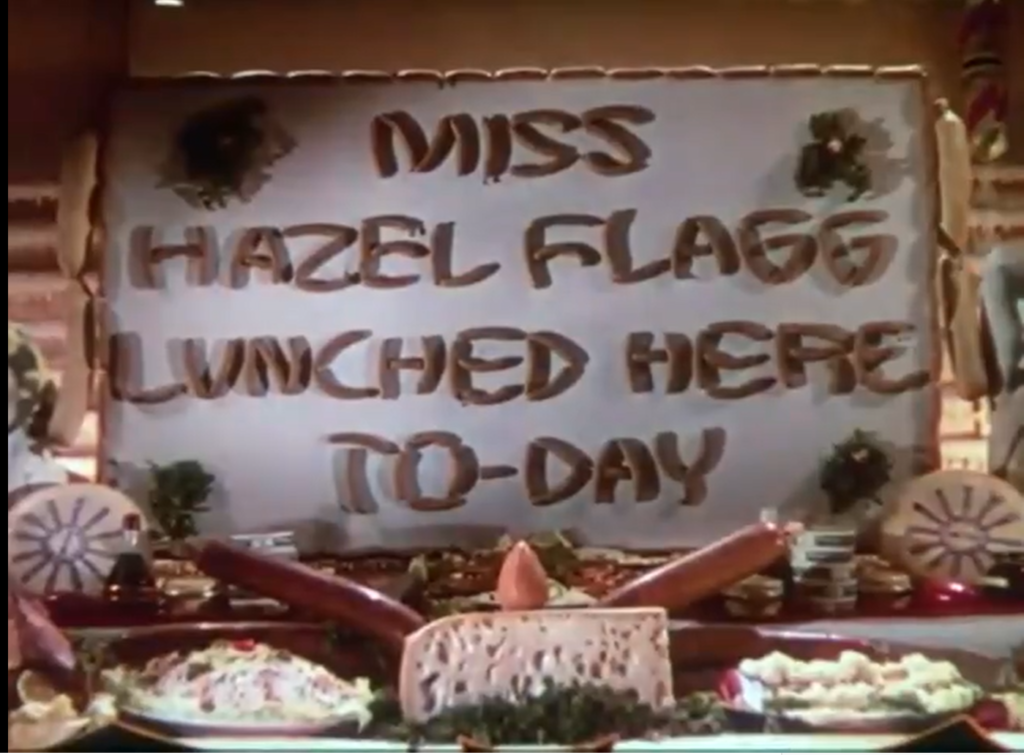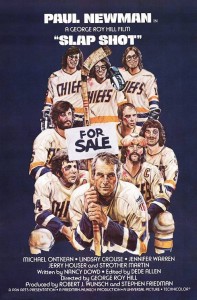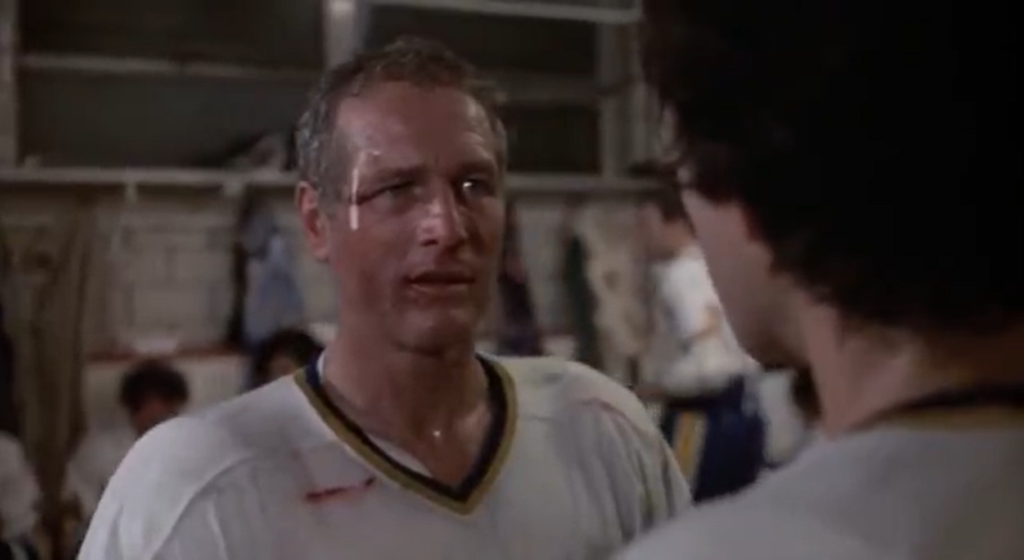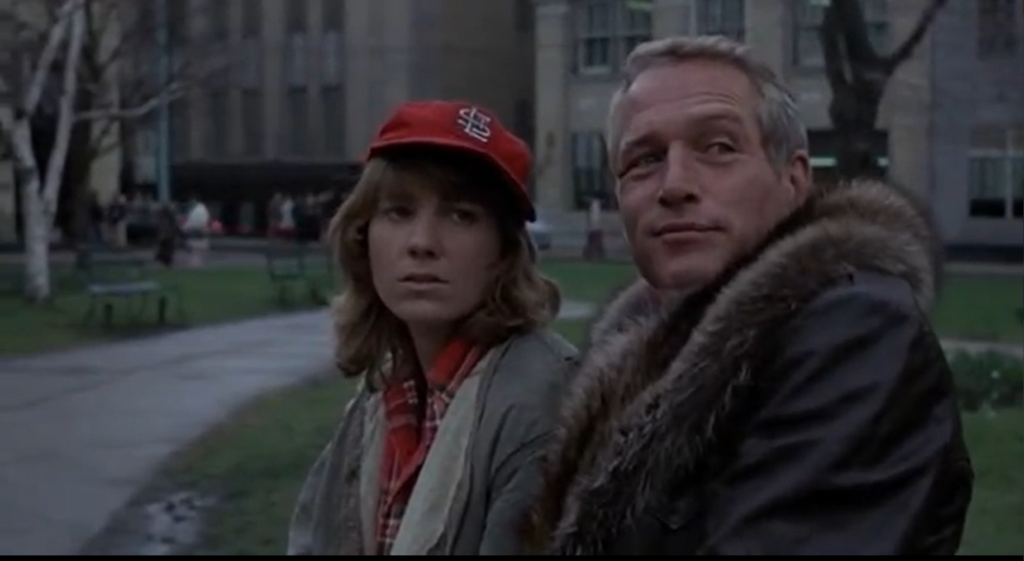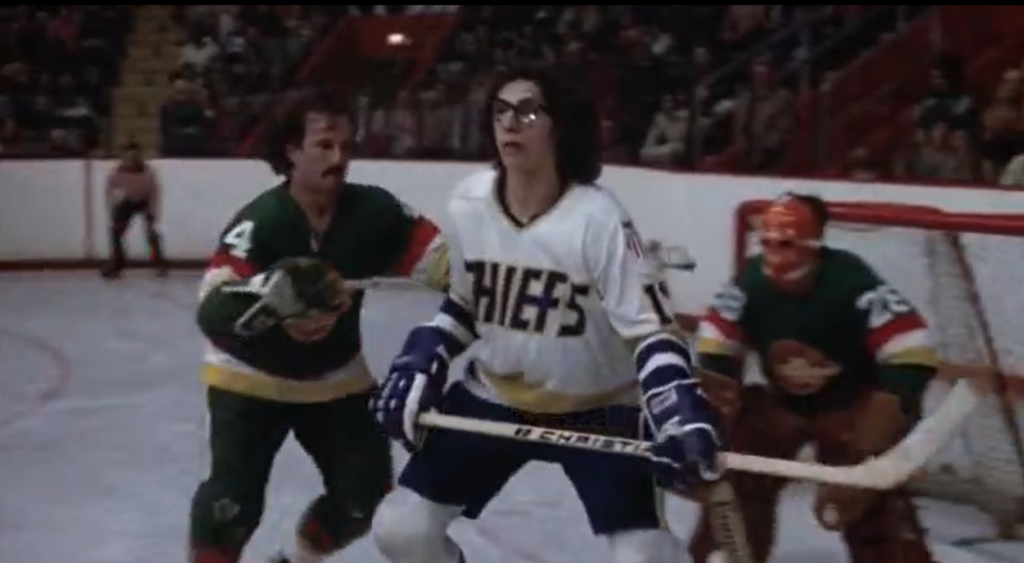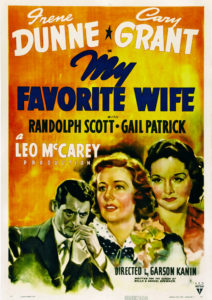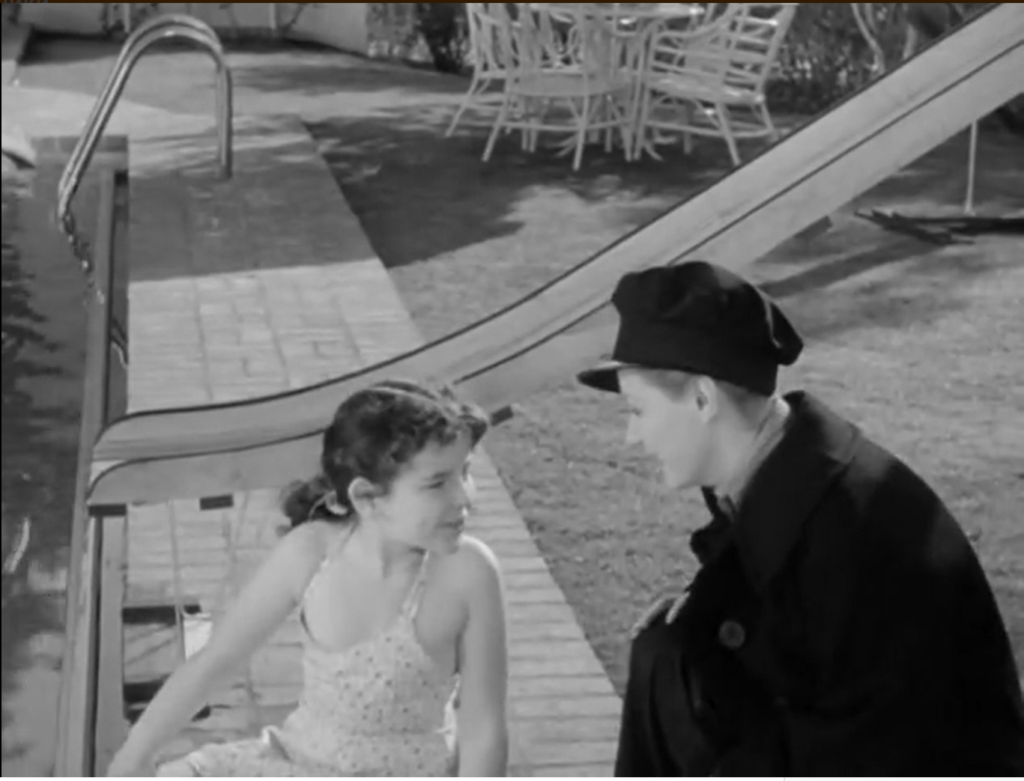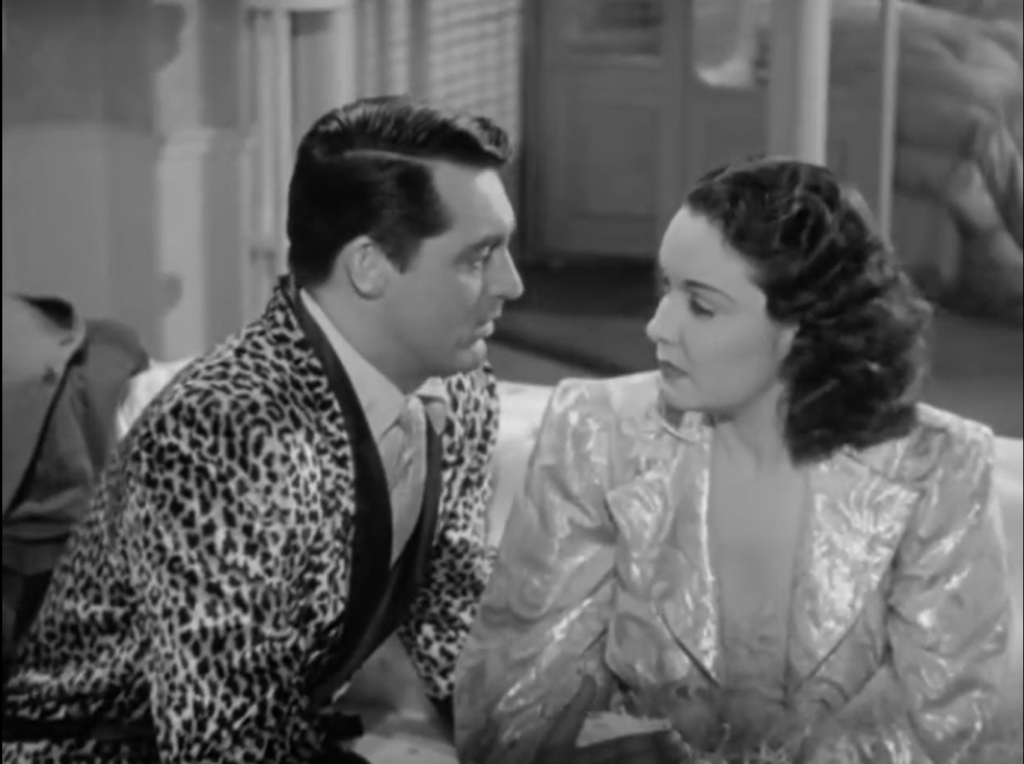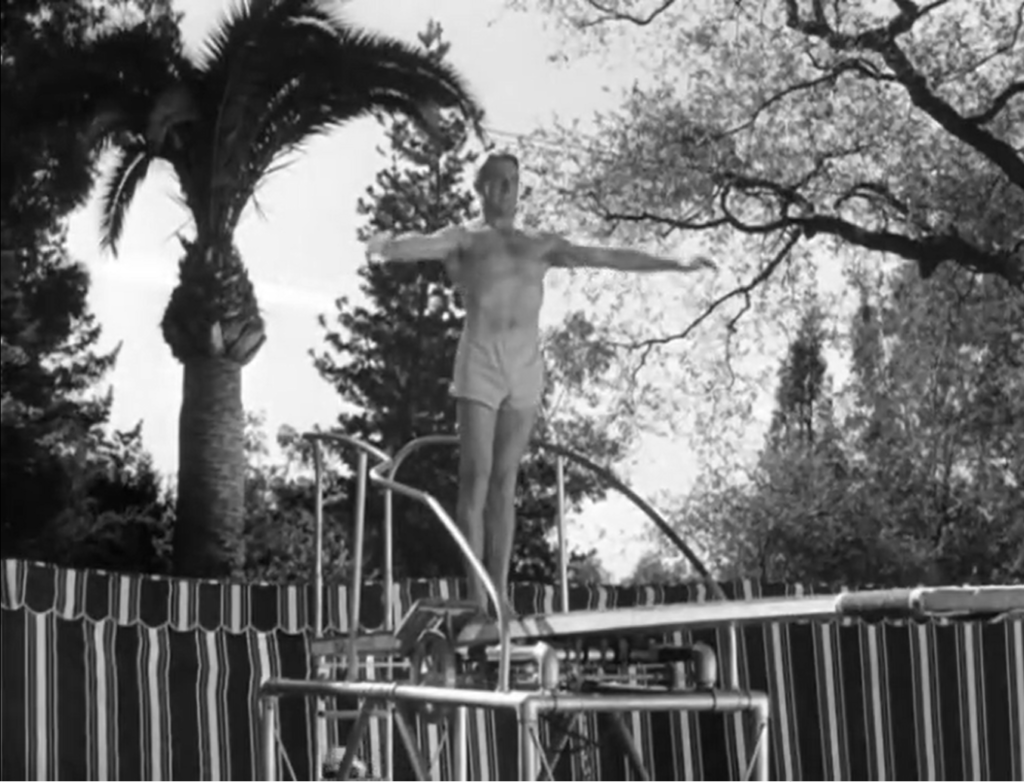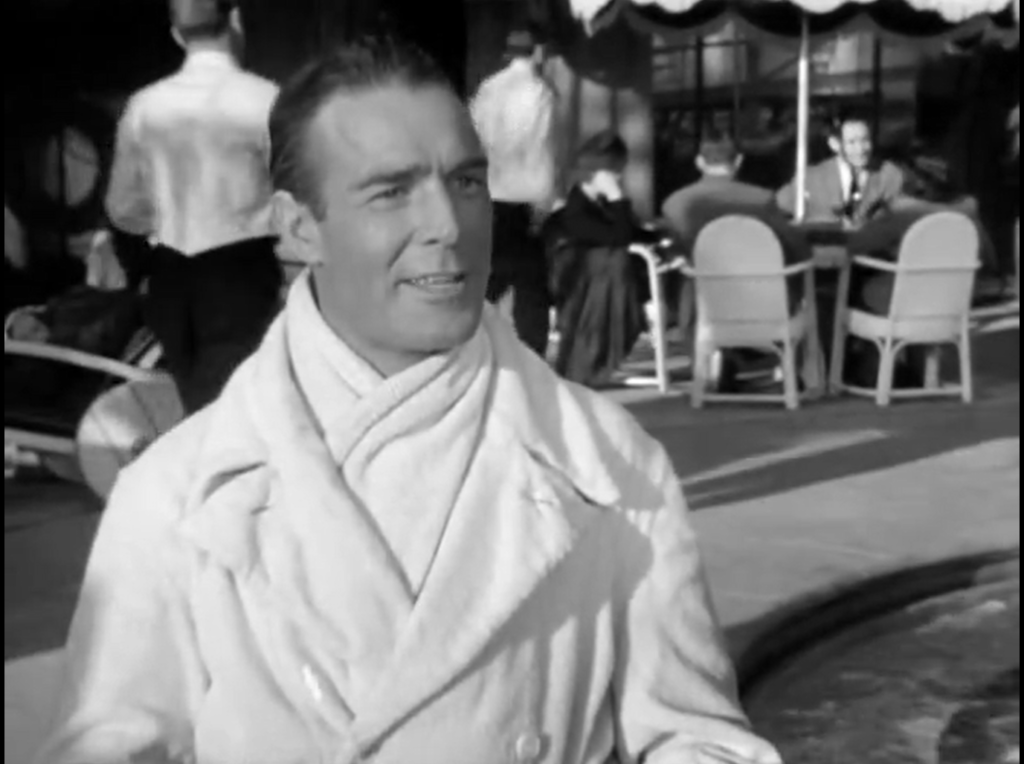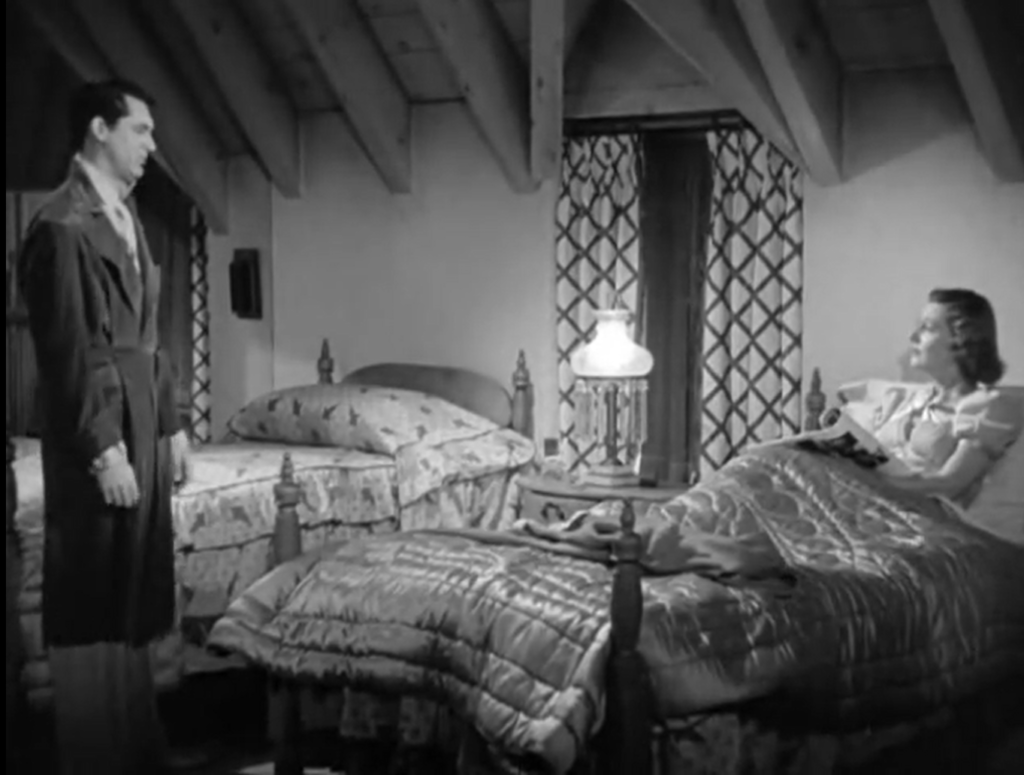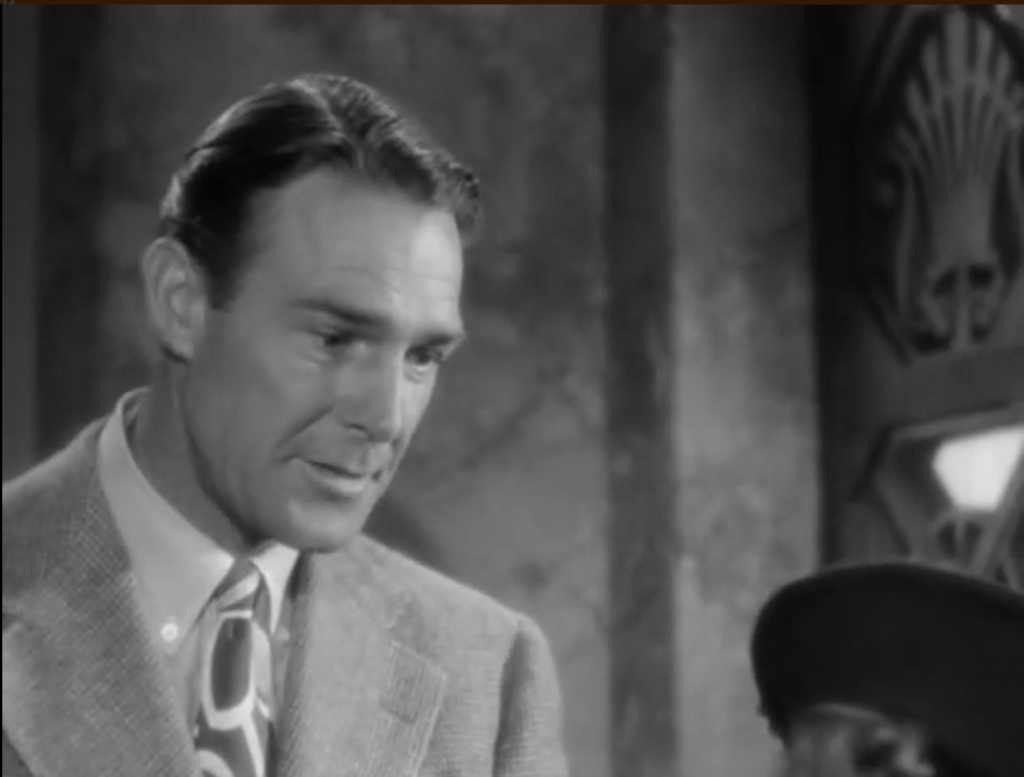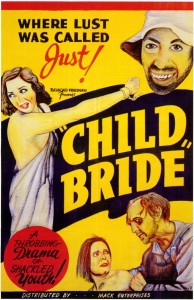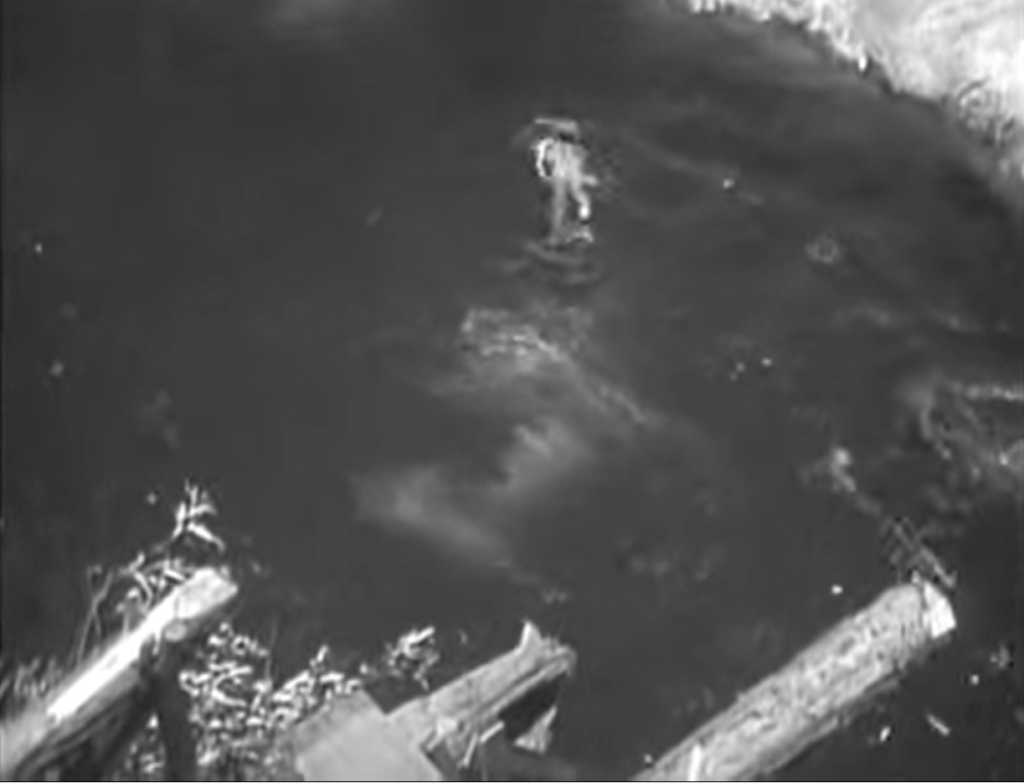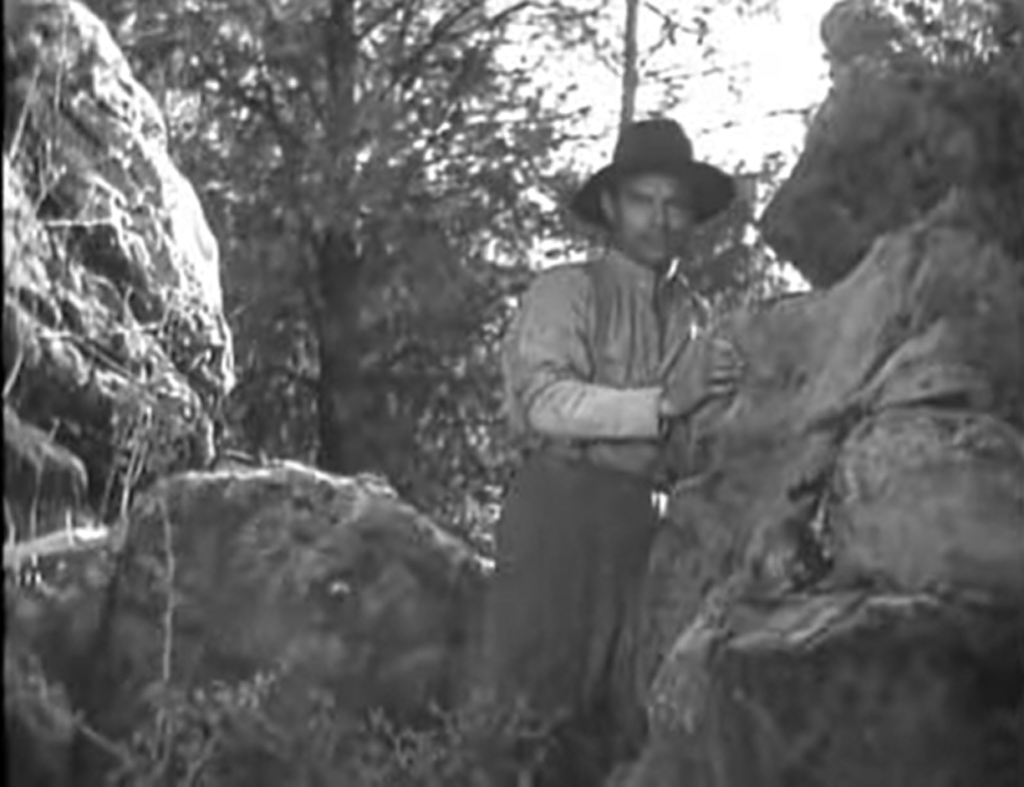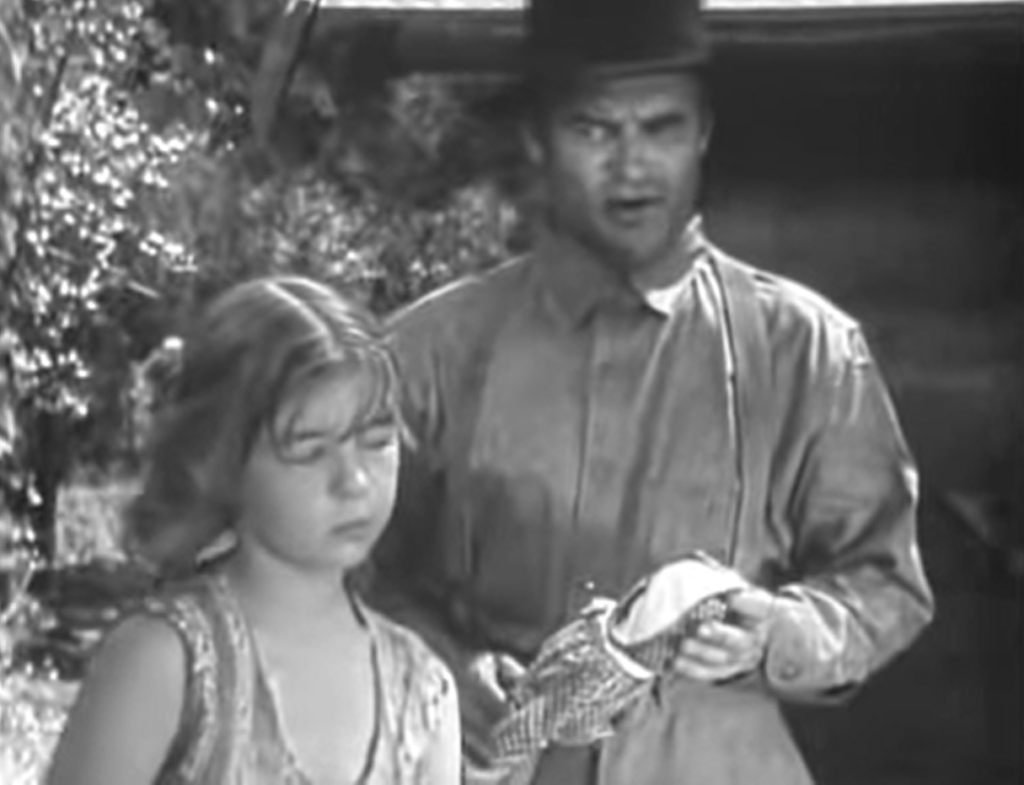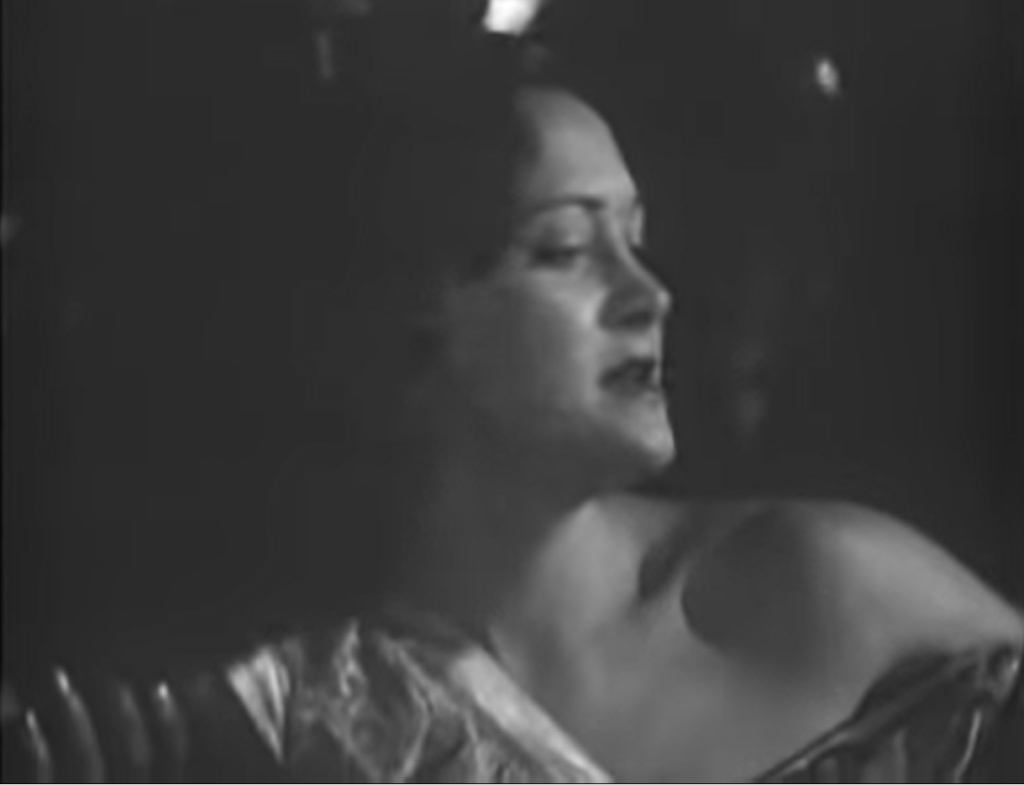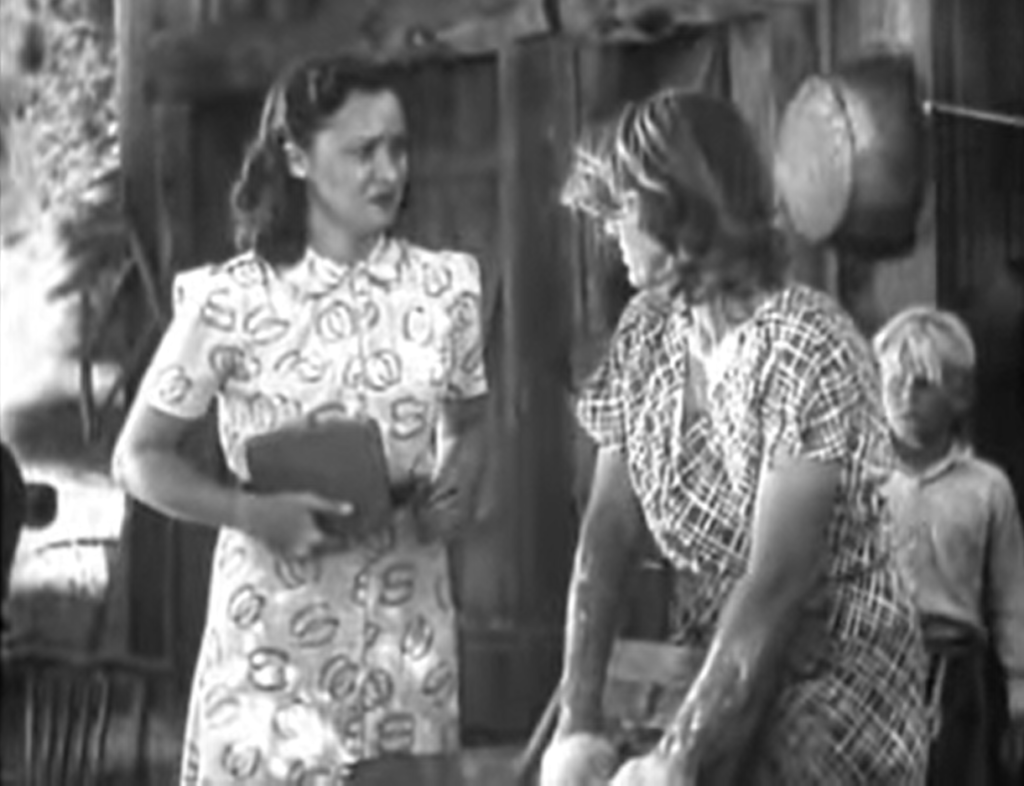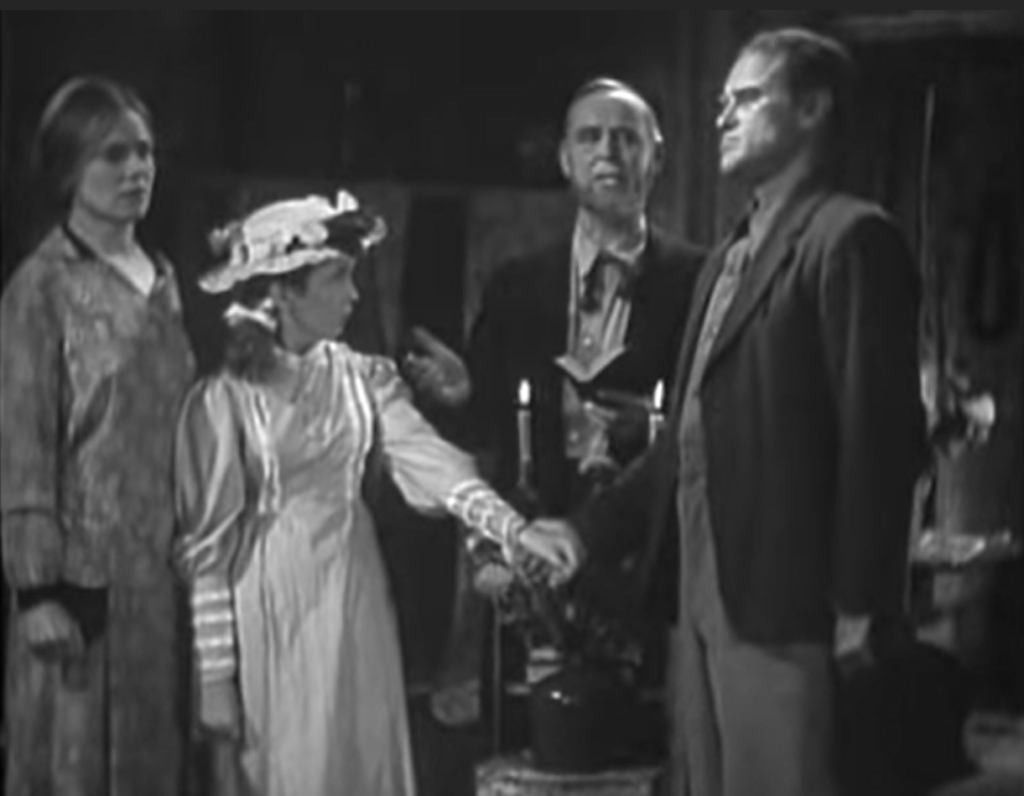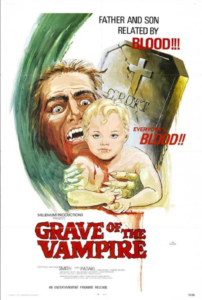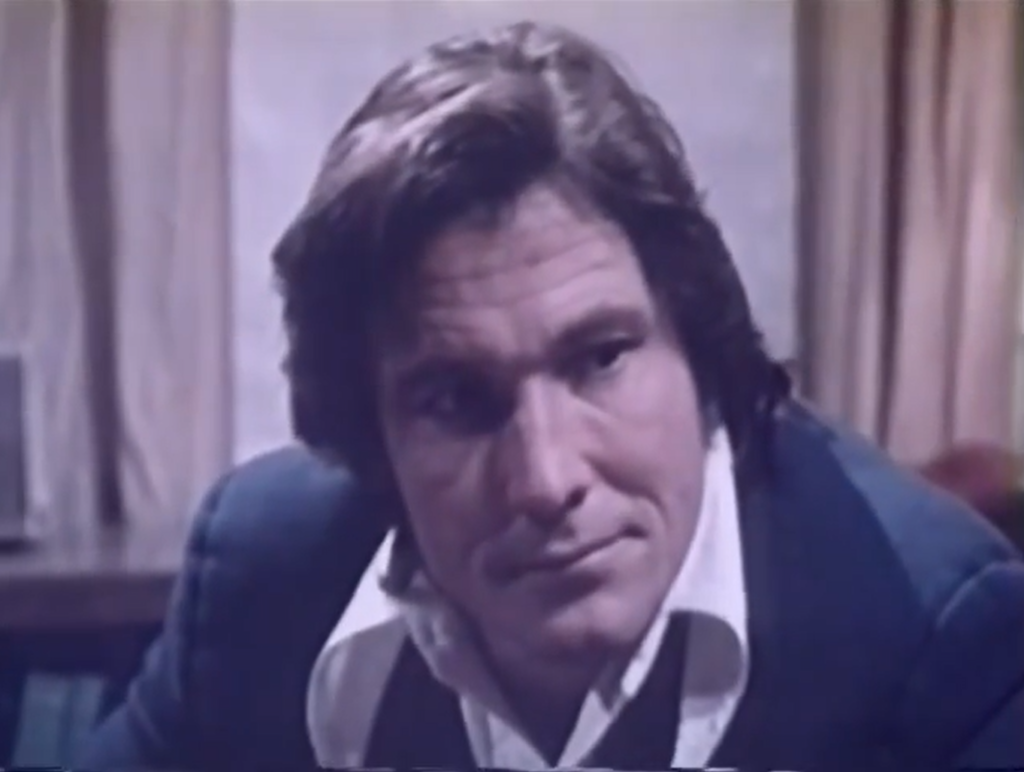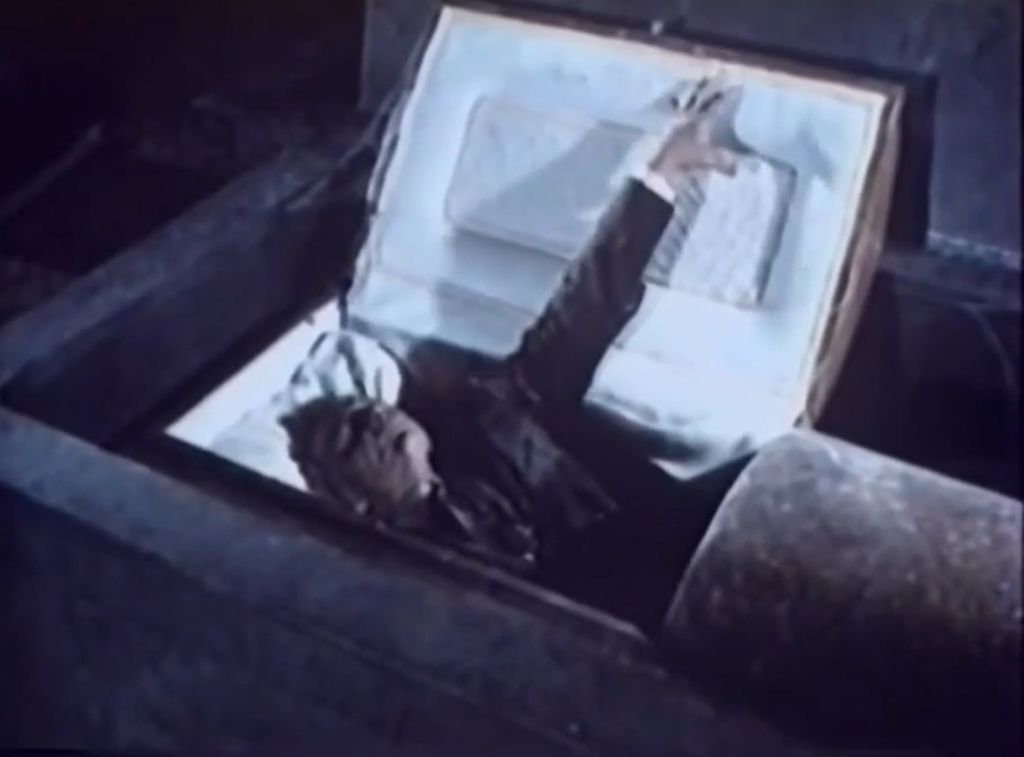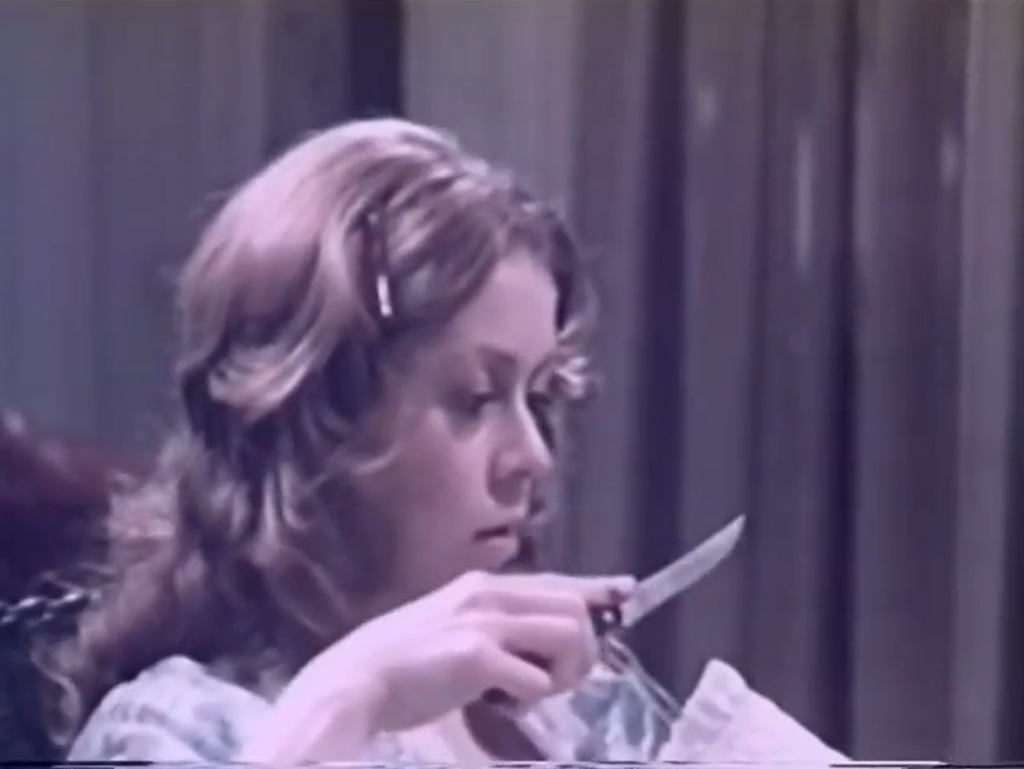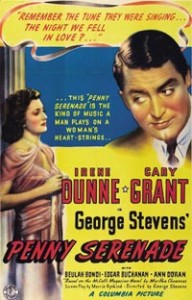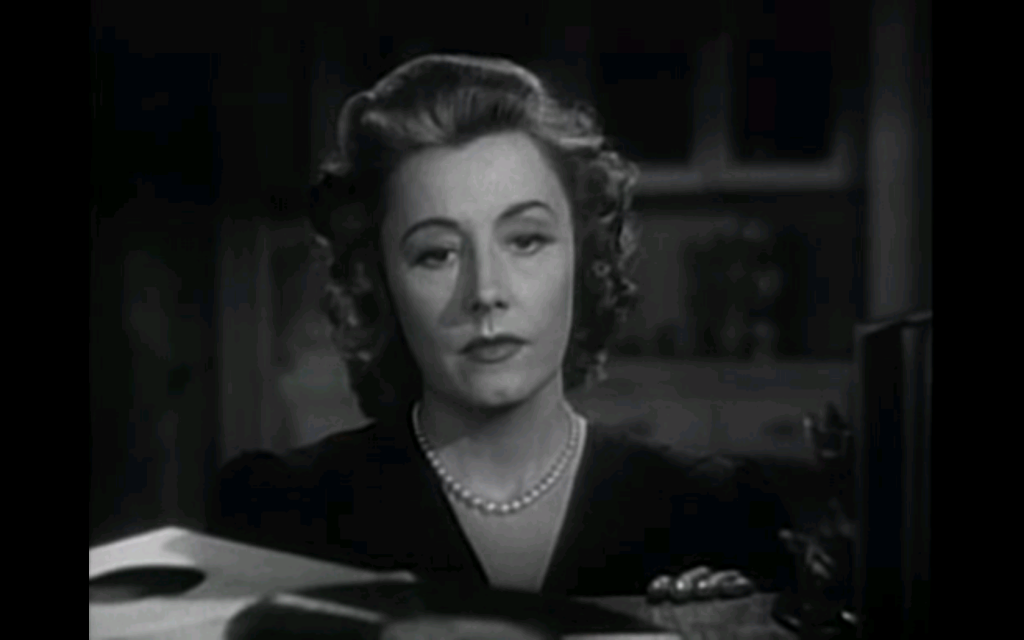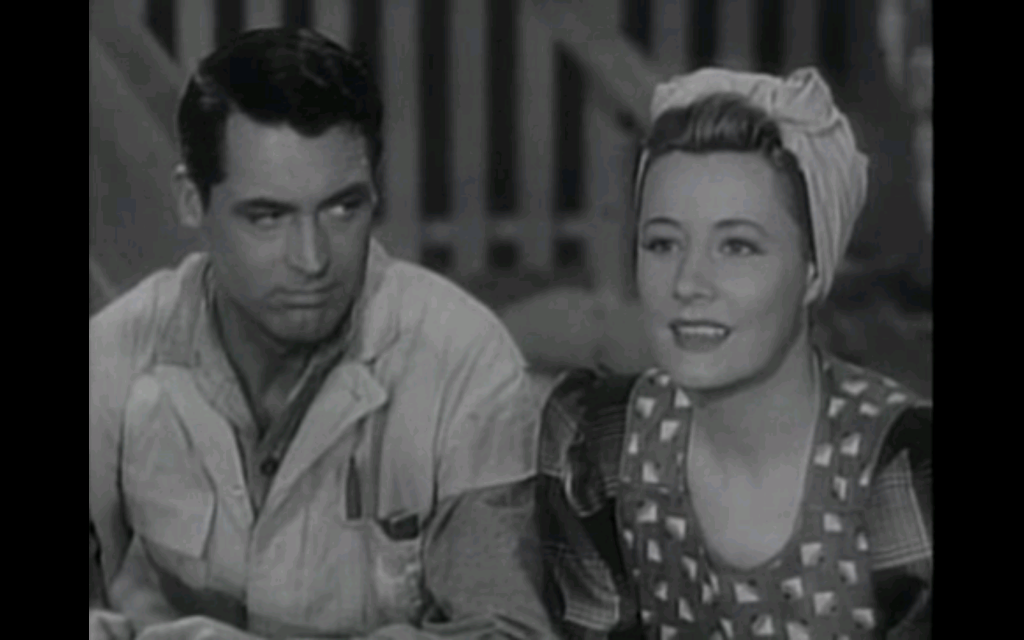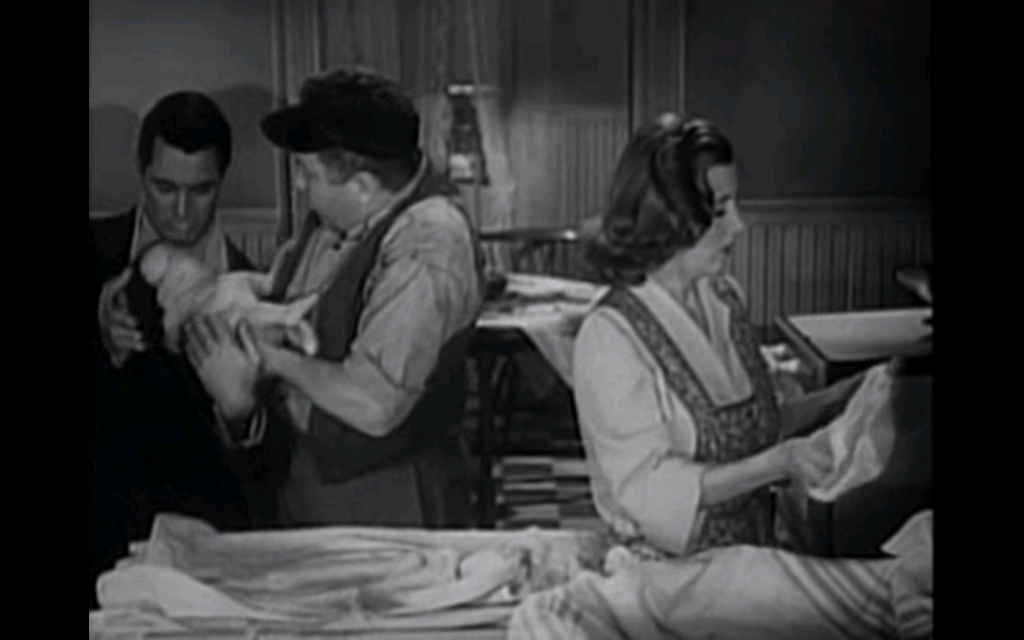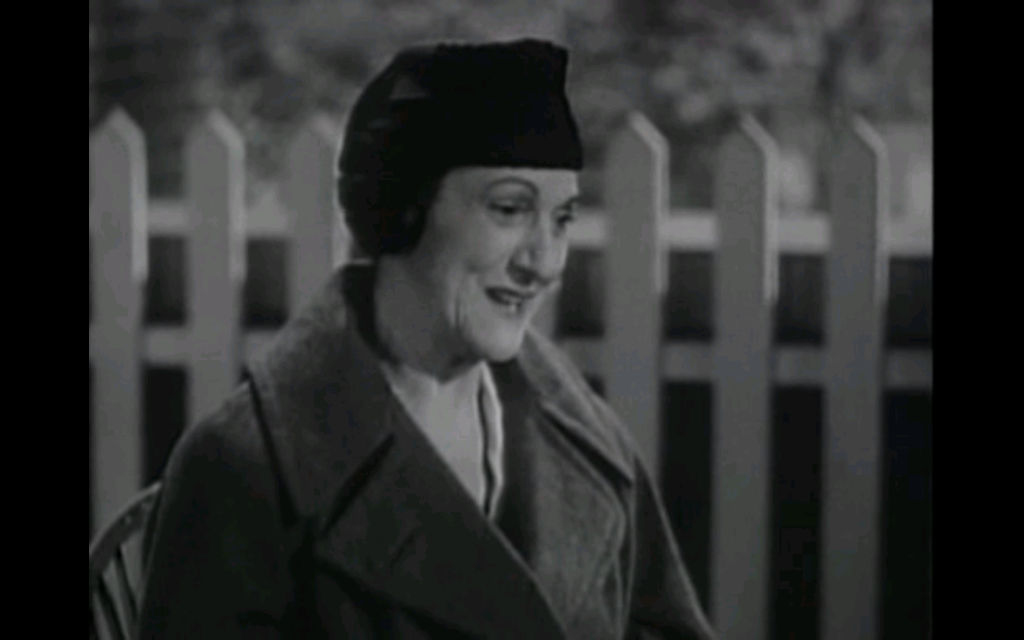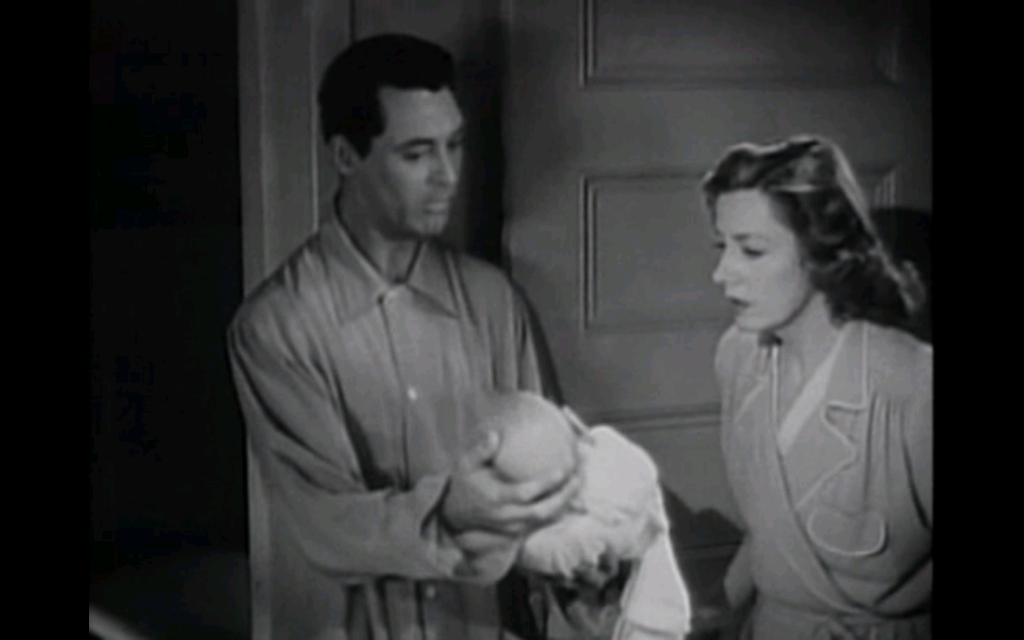|
Genres, Themes, Actors, and Directors:
- Football
- Has-Beens
- Nick Nolte Films
- Sports
Response to Peary’s Review:
Peary is clearly an enormous fan of this adaptation of a “semi-autobiographical source novel” by “former Dallas Cowboys’ glue-fingered end Pete Gent”. He calls it an “exceptional sports film”, arguing that “the humor comes from the absurd, dictatorial mentality of the coaches and the childishness of the players”, and noting that “the tragic elements of the sport also come from the same sources”. Unfortunately, it’s this very “childishness of the players” that may turn many film fanatics off during the first fifteen minutes, as we’re subjected to an interminable variation on a gonzo fraternity party a la Animal House, only with beefed up football players and their floozy fangirls taking center stage. With that said, Peary analyzes the players’ childishness as masking “their fears of injuries, playing badly, or upsetting the coaches”, noting that “their refusal to grow up is symptomatic of their terror about what they’ll do when their football careers are over” — and this may very well be true (after all, the film is based on a book by an insider, who should know).
We’re clearly meant to sympathize with poor Nolte, who is presented as “more intelligent than his loony, barbaric teammates”, and who — as a player clearly on the tail-end of his viability as a pro athlete — epitomizes many athletes’ willingness “to endure pills and shots, and ‘take the crap, the manipulation, and the pain’ in order to have that special feeling of playing football”. Indeed, this “willingness” ultimately becomes the central thesis of the somewhat aimless screenplay, as we watch Nolte treating his body like a piece of strategic meat he must somehow keep just fit enough to make it onto the field — where he can finally work his “glue-fingered” magic by catching and holding on to the ball. To that end, the film is at its best presenting a brutally “realistic view of the world of pro football on the field and behind the scenes” (a view most sports movies stay far away from); the “big game” at the end of the film is over far more quickly than one expects, given typical cinematic conventions in such films.
Peary argues that “Nolte has never been better” in the central role, and to a certain extent — as a former junior college football player himself — he seems perfectly cast; but my husband couldn’t help pointing out that Nolte simply didn’t seem buff and beefy enough (even as a clear soon-to-be “has been”) to be competing in pro football, especially in comparison with his teammates (many of them actual players). Nonetheless, his characterization is fine and rings true. Giving an equally memorable, quirky performance is “country singer Mac Davis” as “Nolte’s best friend, a partying, sex-obsessed Don Meredith-like quarterback”. Unfortunately, however, Dayle Haddon as “Nolte’s football-hating girlfriend” falls completely flat; she’s boring from the moment we first see her watching the opening party scene with disdain, and we never understand exactly what Nolte sees in her (other than her obvious beauty). Listen for a fine, haunting score by John Scott.
Redeeming Qualities and Moments:
- Nick Nolte as Phillip Elliott (nominated by Peary as Best Actor of the Year in his Alternate Oscars)
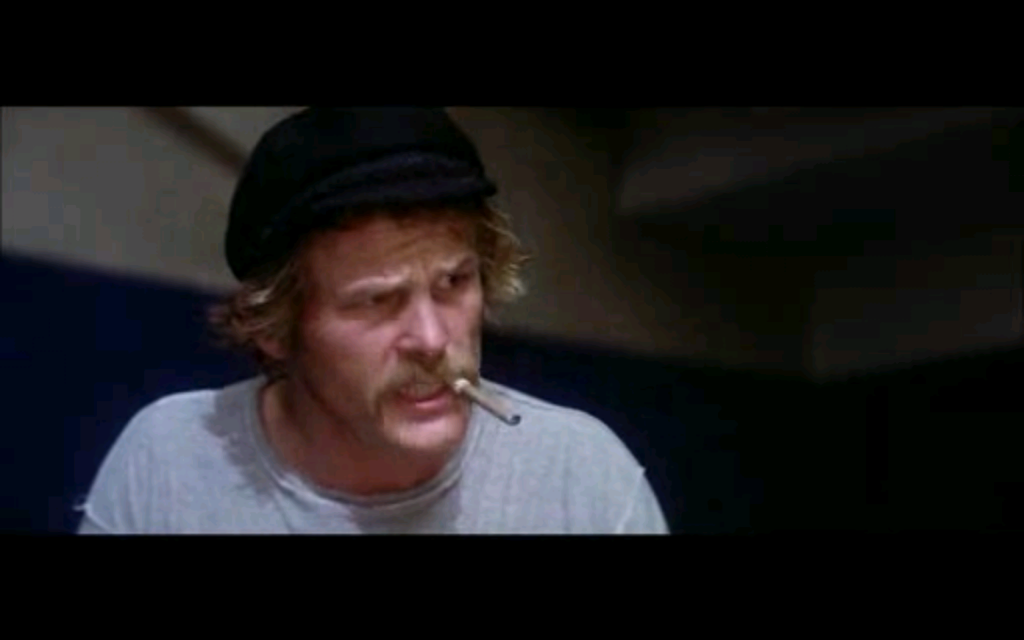
- A brutally realistic look at behind-the-scenes pro-football
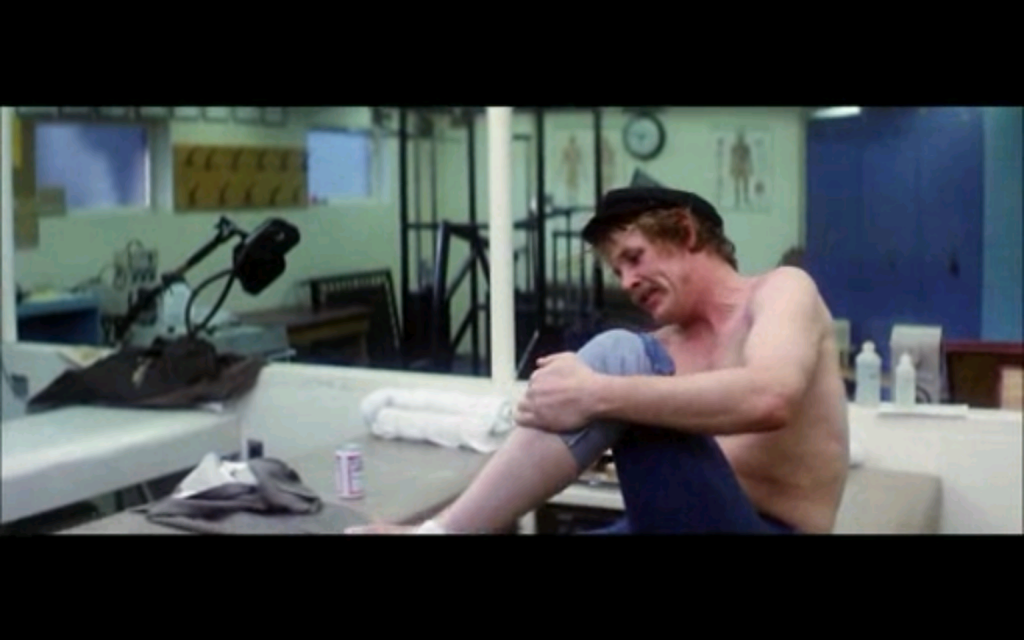
Must See?
No, though it’s certainly recommended for sports fans.
Links:
|
